2004 Bavarian Vacation
Germany/Switzerland/Austria vacation, October 2004
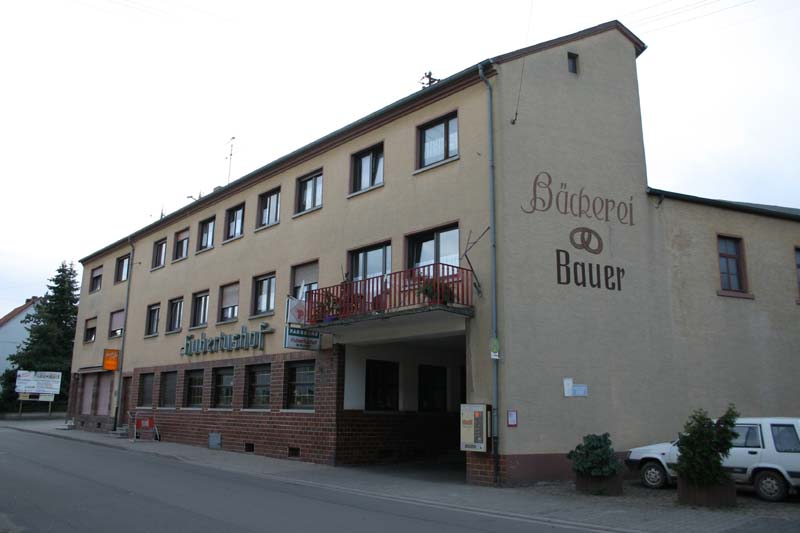
This may seem like an odd photo, but it's where I lived for two years, upstairs from the Bakery. The town is "Spesbach", pronounced "space bock", which is fairly appropriate. Actually, the "backerei" is out back...this was the store. There was a bank on the lower left, but apparently it has moved since I was there. The vault was right under my bathroom.
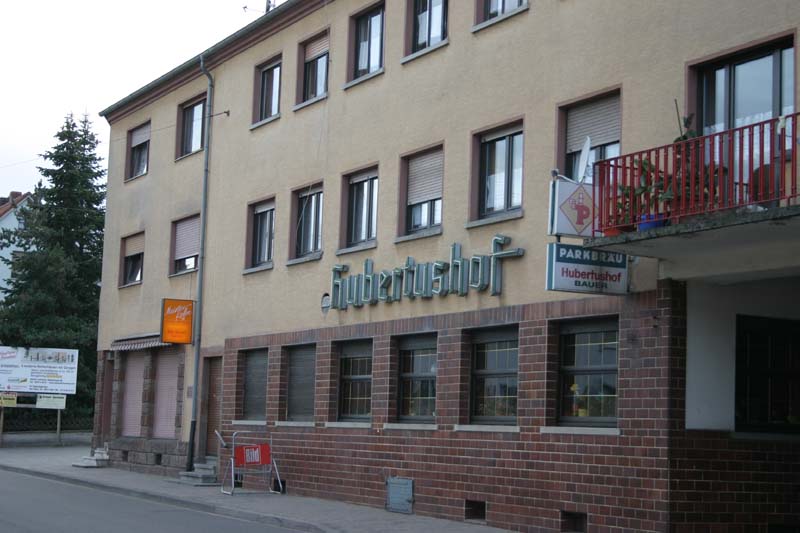
"Huburtushof" is "Huburt's Place". It's the main gastatte in town (we'll just call it a "bar"). This place is always full of singing regulars, mostly old men. Great place to live, really...
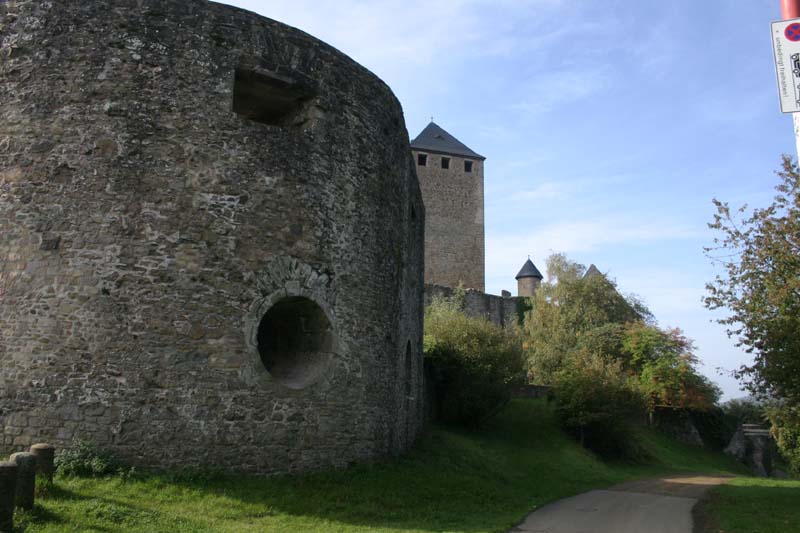
Burg Lichtenburg, which we called "Kusel Castle", one of my favorite haunts.
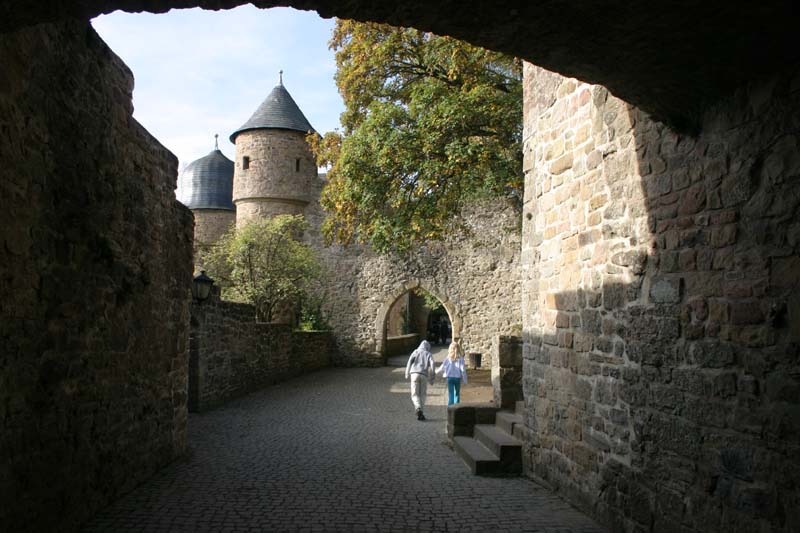
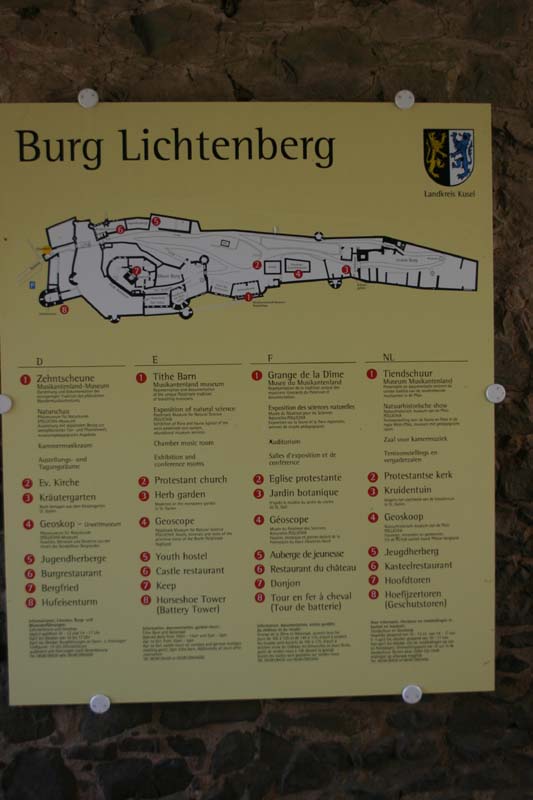
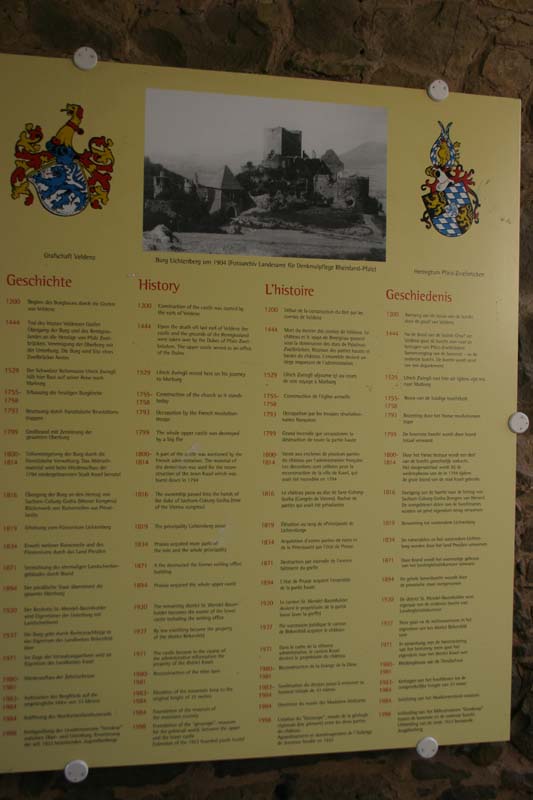
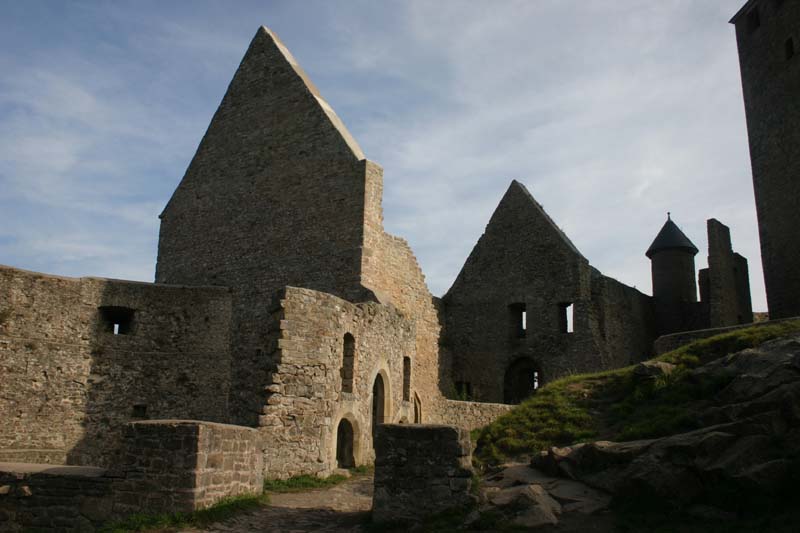
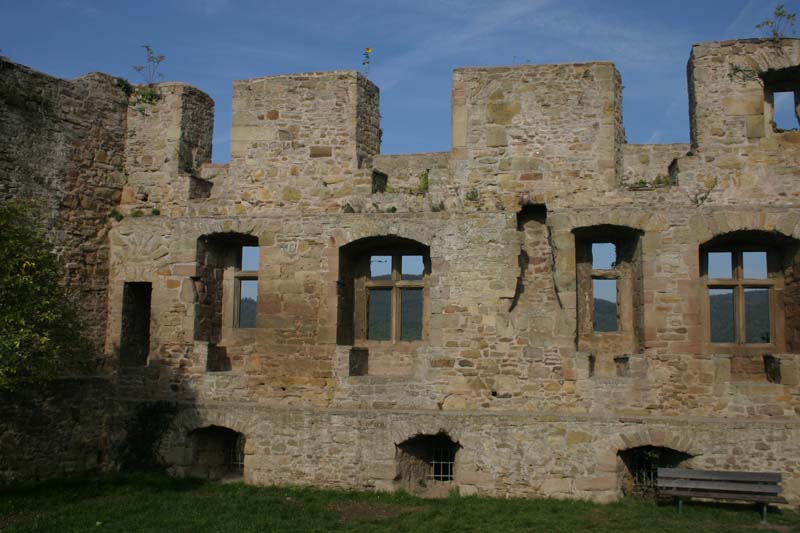
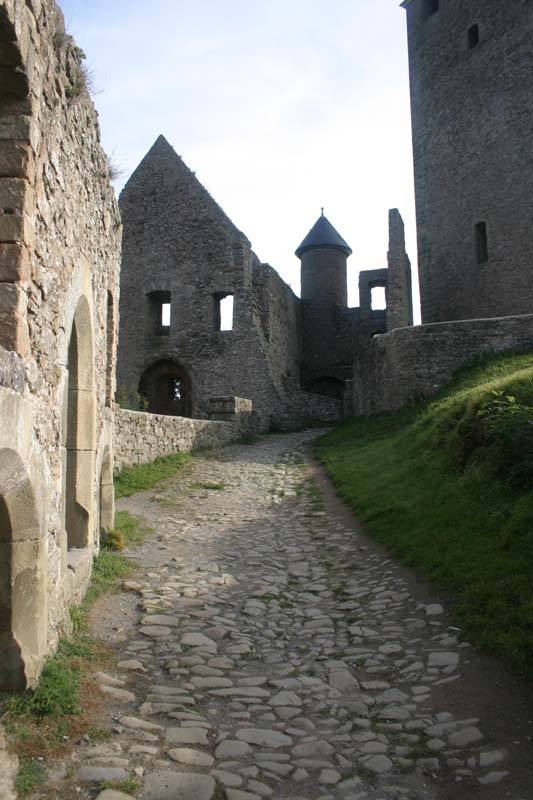
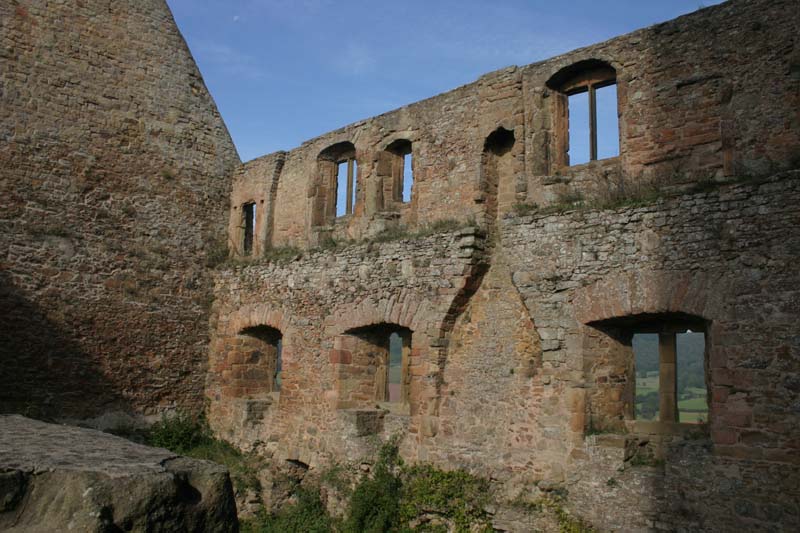
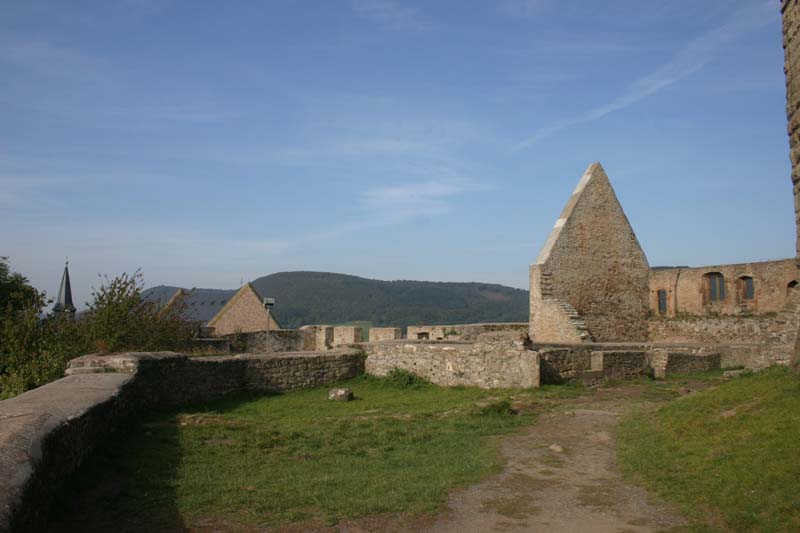
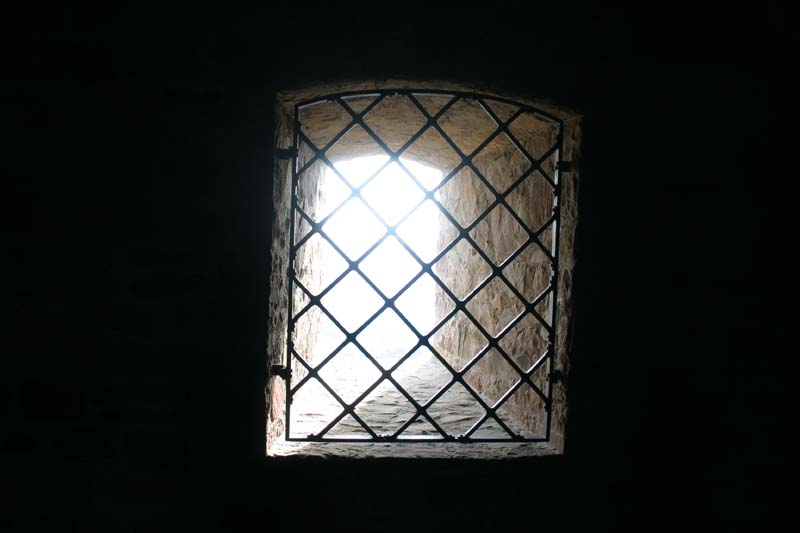
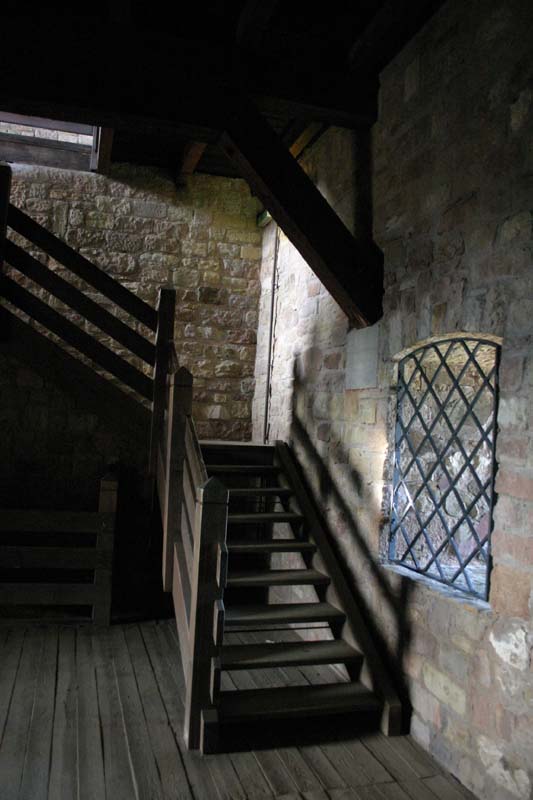
This is the inside of a "new" tower that's been built since I once haunted these walls. The first floor or so was here then, but they've rebuilt the tower back to its former state...
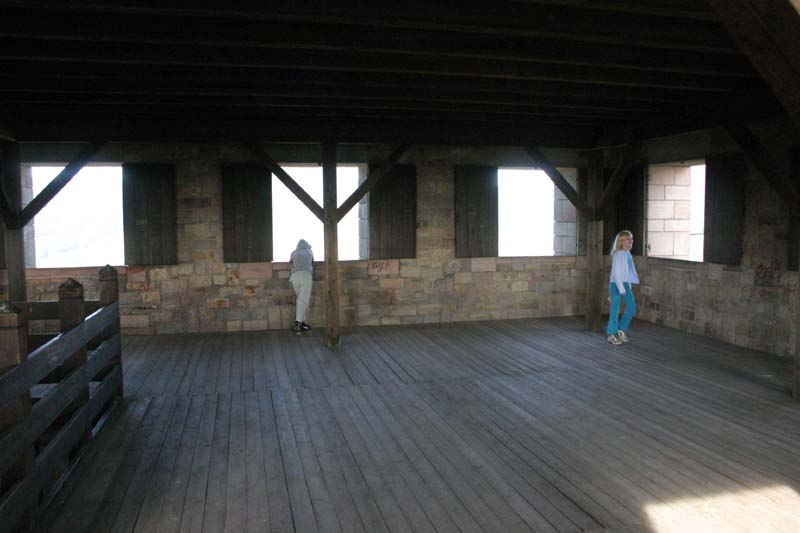
....complete with a lookout area at the top.
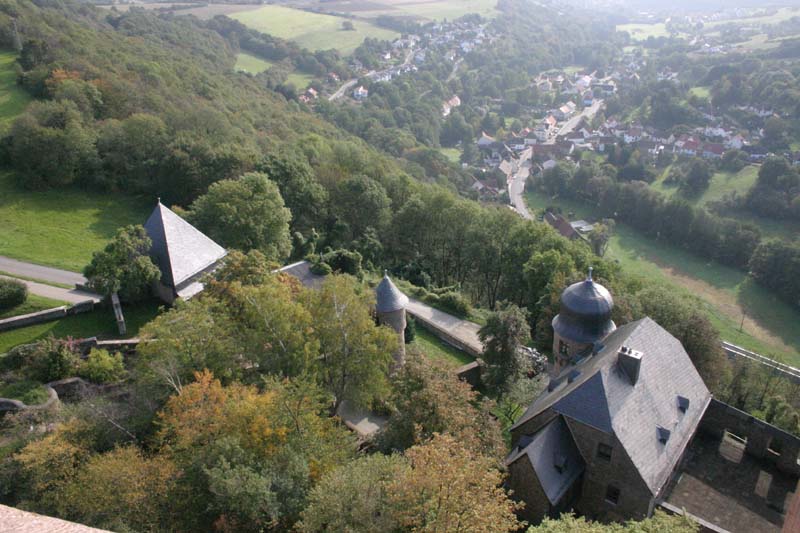
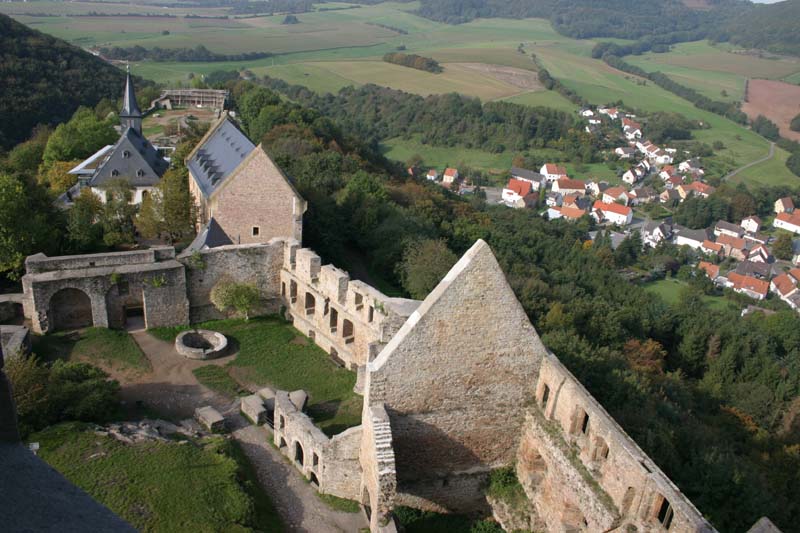
Here you can see another part that's been rebuilt (towards the right), and at the very far end, they are now rebuilding the wall. It's a neat trend that the Europeans are now discovering that these old castles need to be preserved. They are now in the process of restoring many of these castles. For example, one part of Lichtenberg is now a 4 star restaurant, the church has been restored and is being used, and another part is a youth hostel. The rest of the grounds is slowly being restored for other purposes. Although the ruins are interesting and provide a little insight into the structure, I'd much rather see the place restored to a condition similar to the way it was in medieval times. Maybe next time we come back, the whole place will be finished!
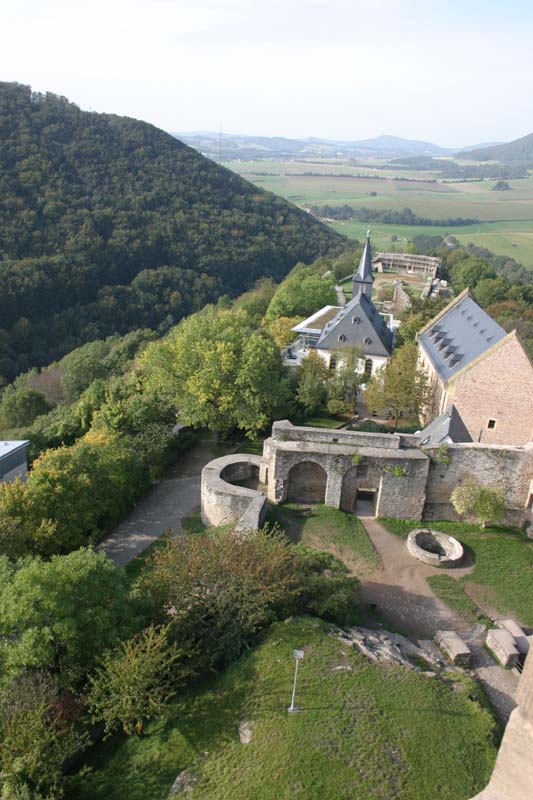
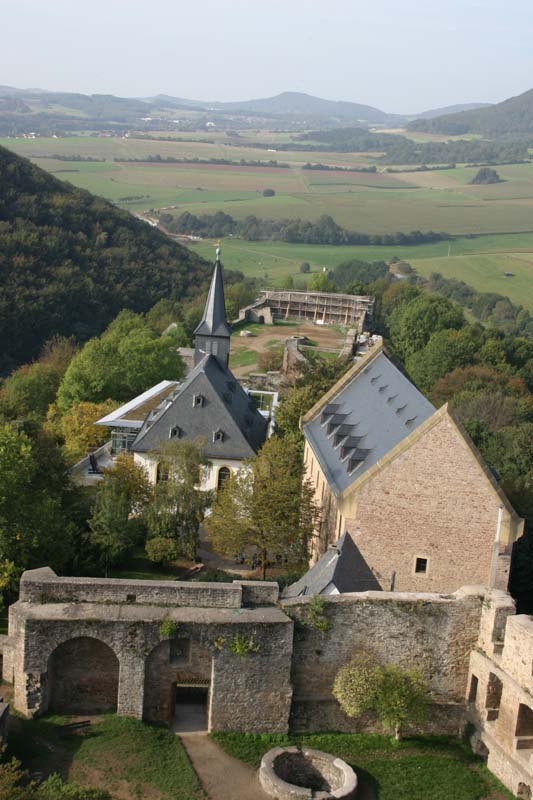
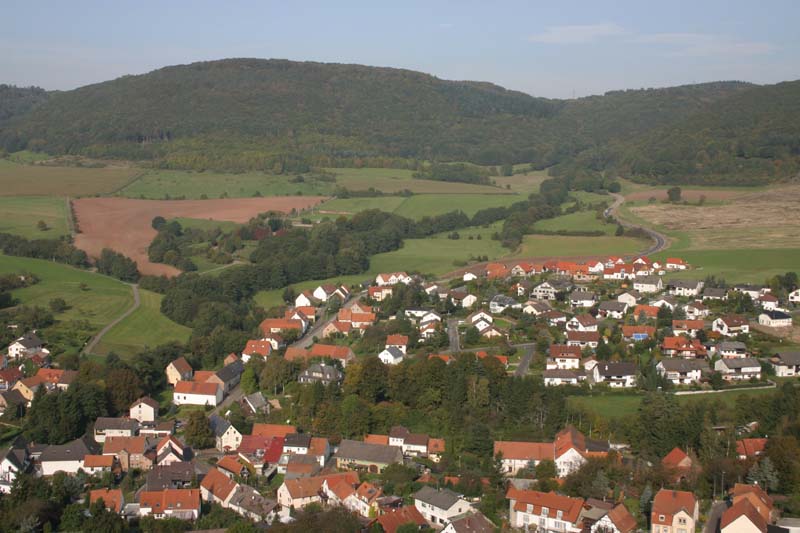
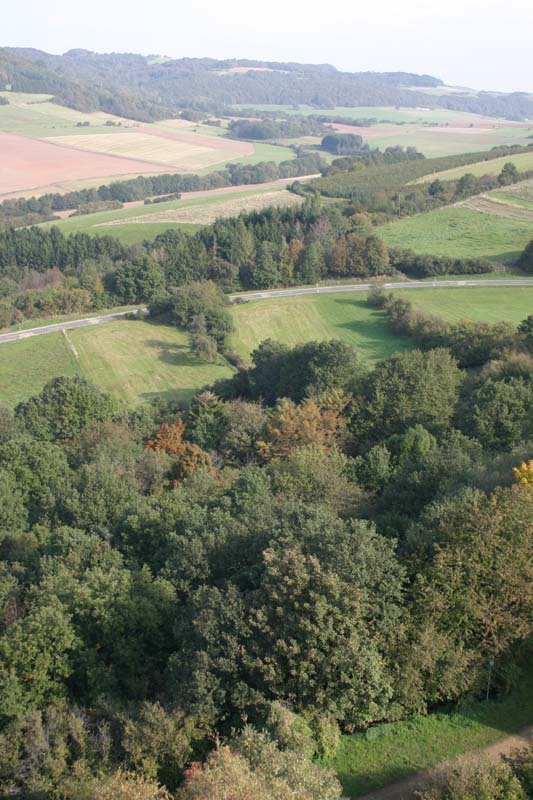
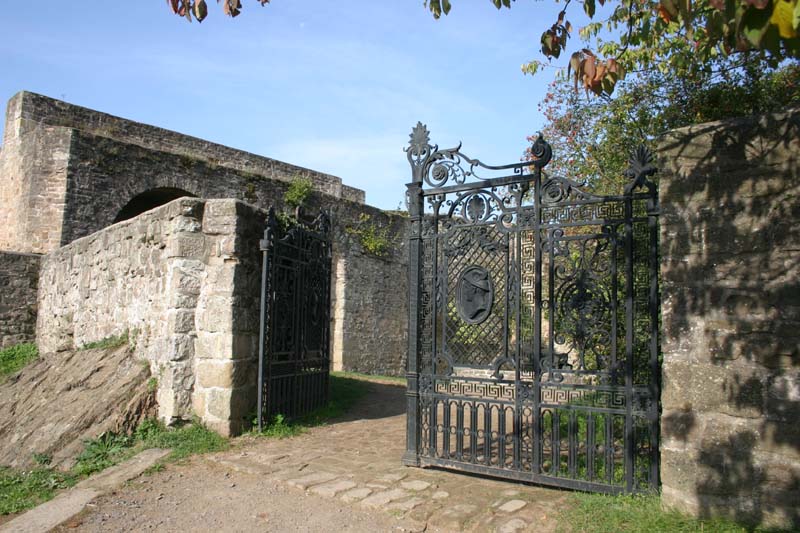
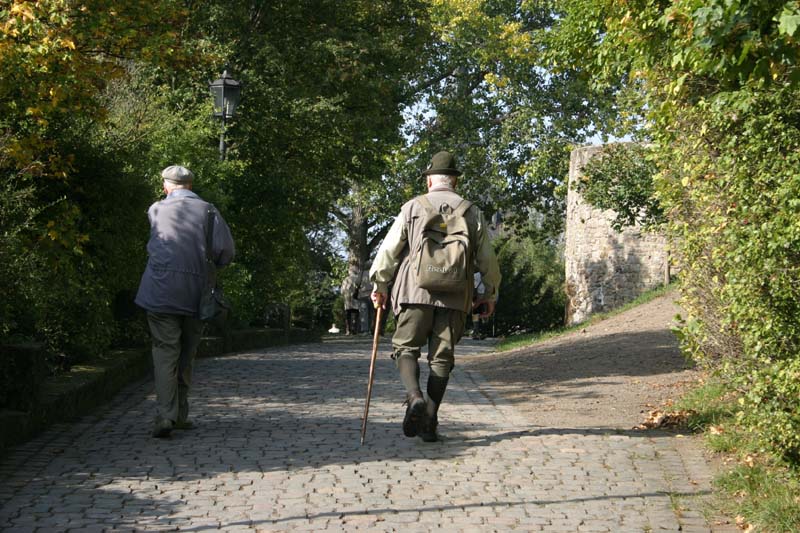
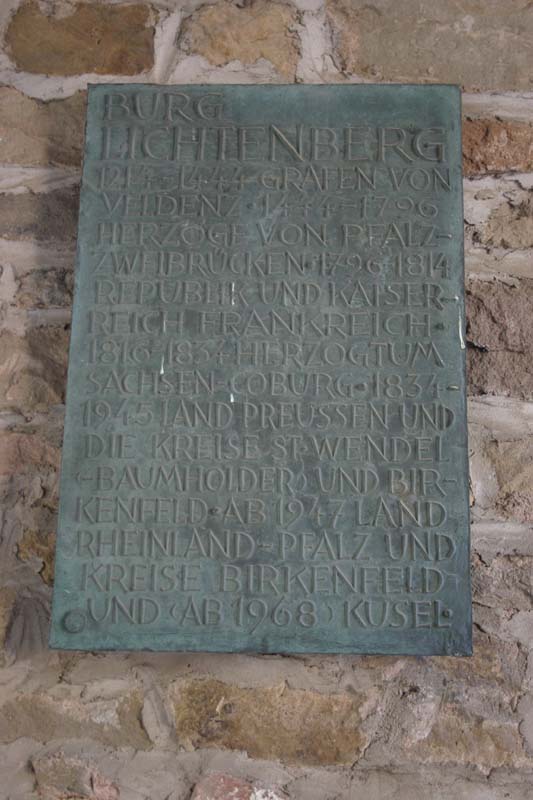
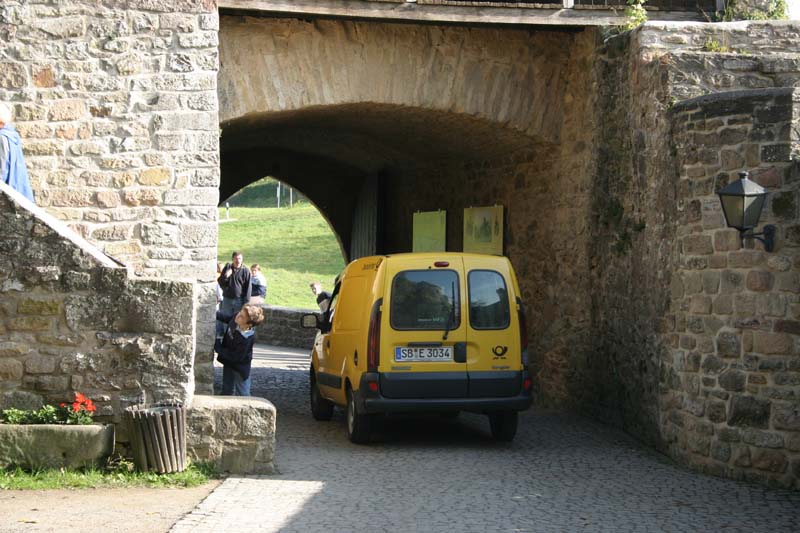
This is a german Bundespost "mail truck".
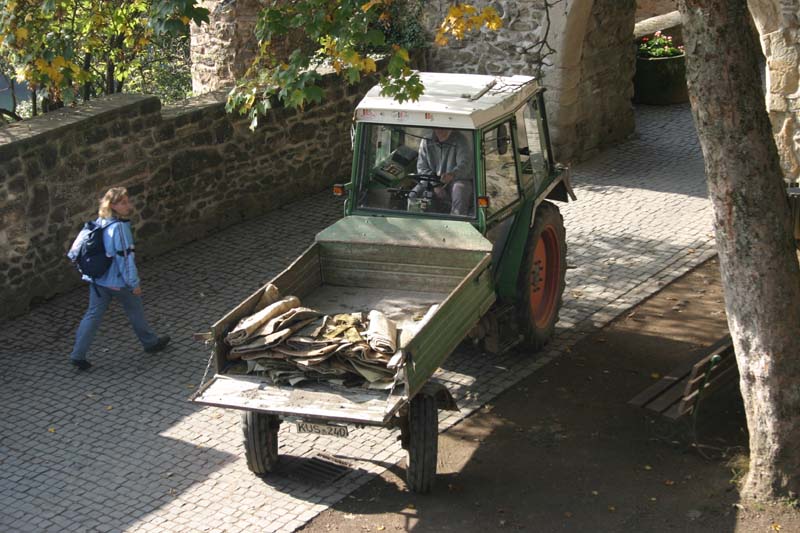
Ever see a tractor with a dump bed on the front? I didn't think so...
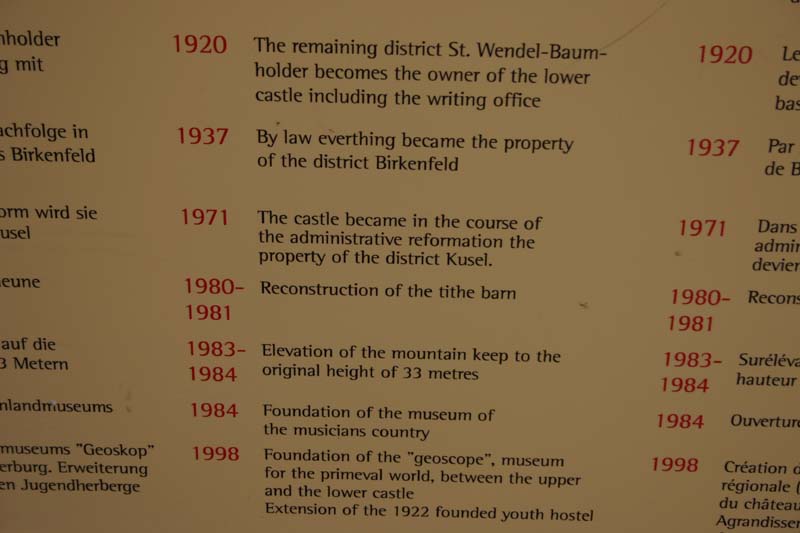
Seeing this plaque shocked me into realizing that I've been living through a little history myself!
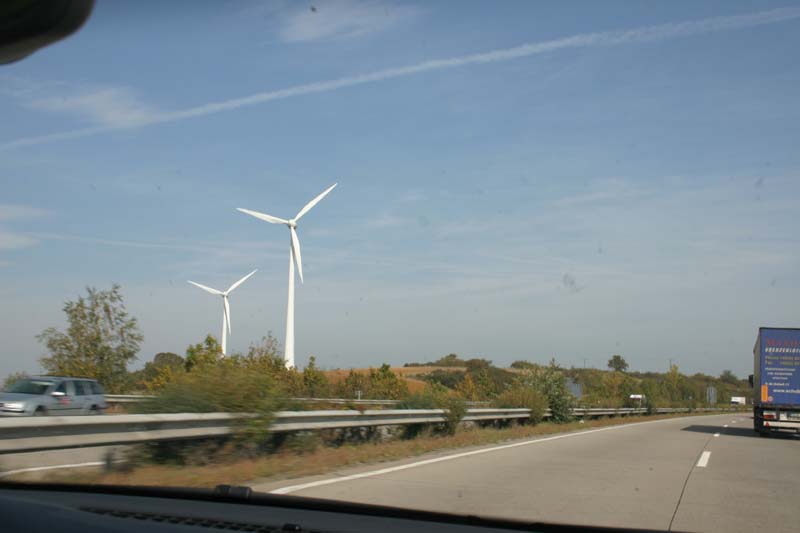
There are a lot of these windmills in Deutschland. They are far more energy conscious than we are, as are most Europeans.
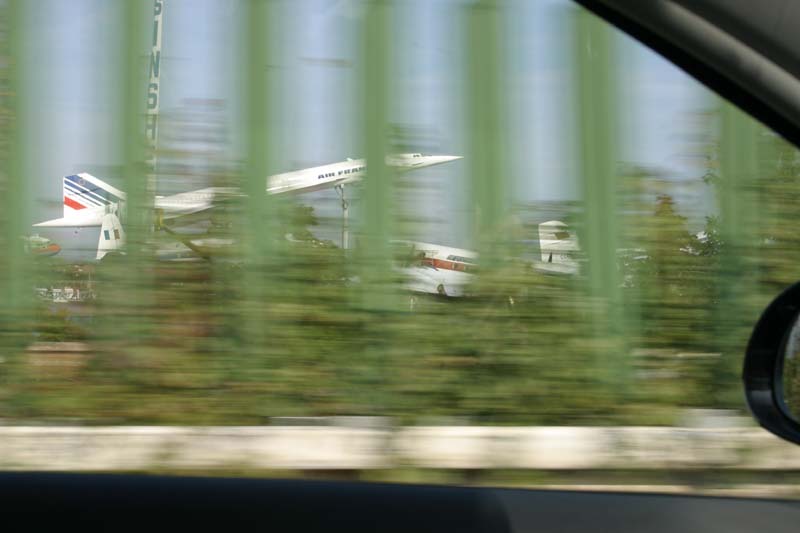
Here's where one of the Concordes went.
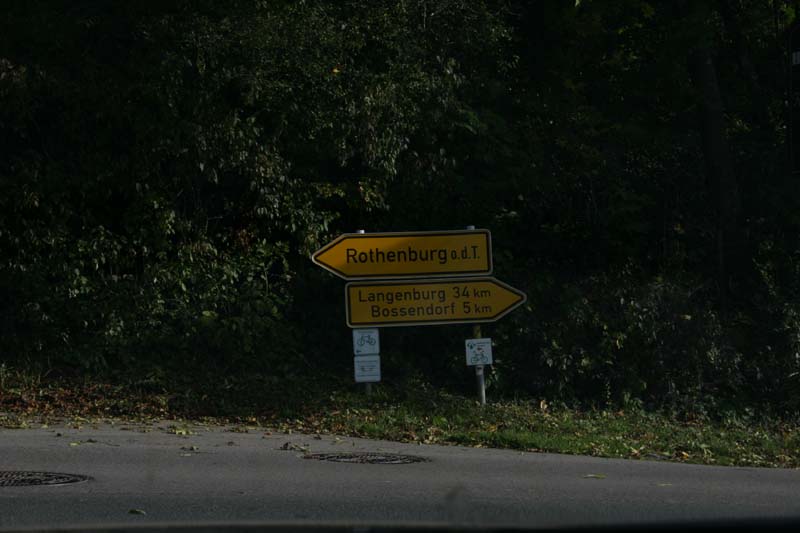
Rothenburg ob der Tauber was the next stop.
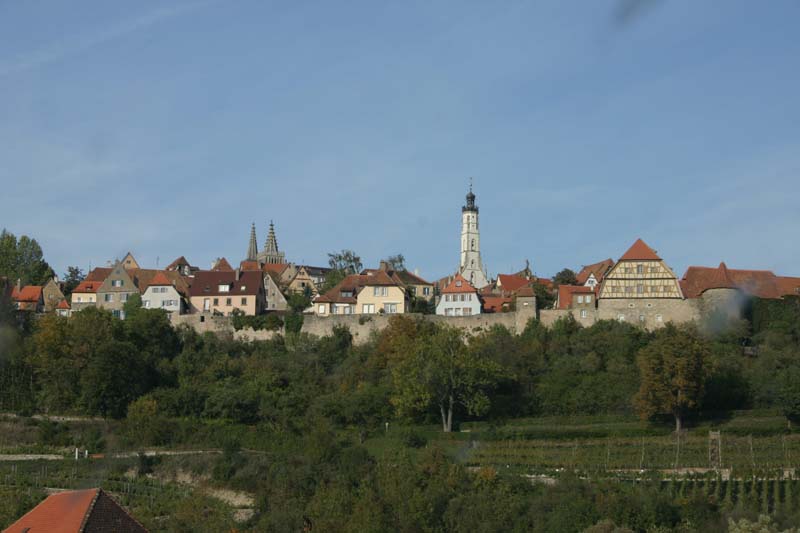
It's a small medieval walled city, overlooking the Taube river.
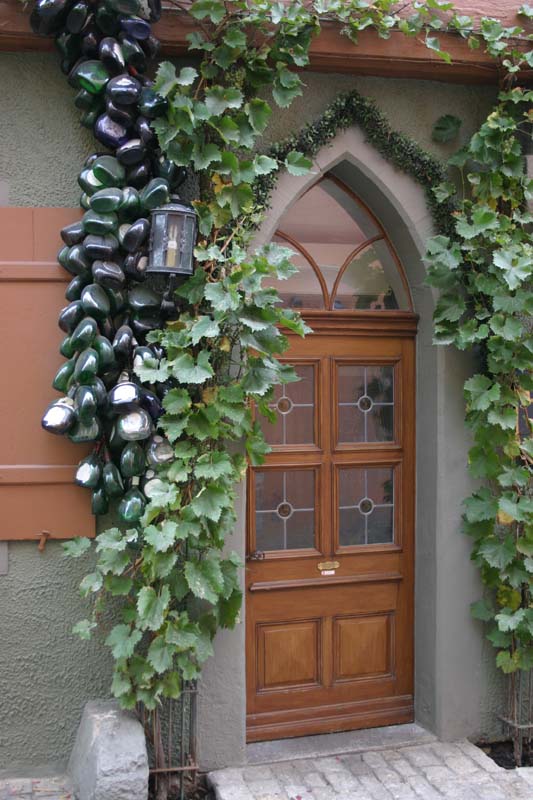
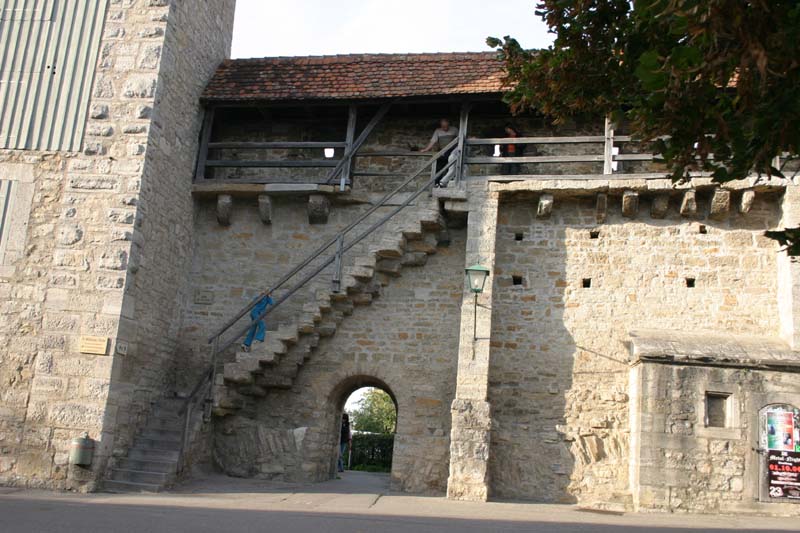
Here's the wall. It has a walkway all around the top. In the olden days, night watchmen patroled up here by night, as well as down in the city.
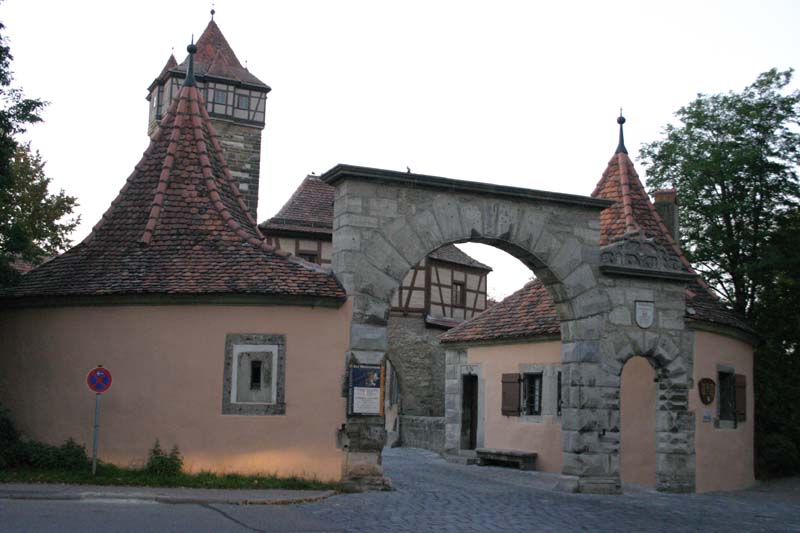
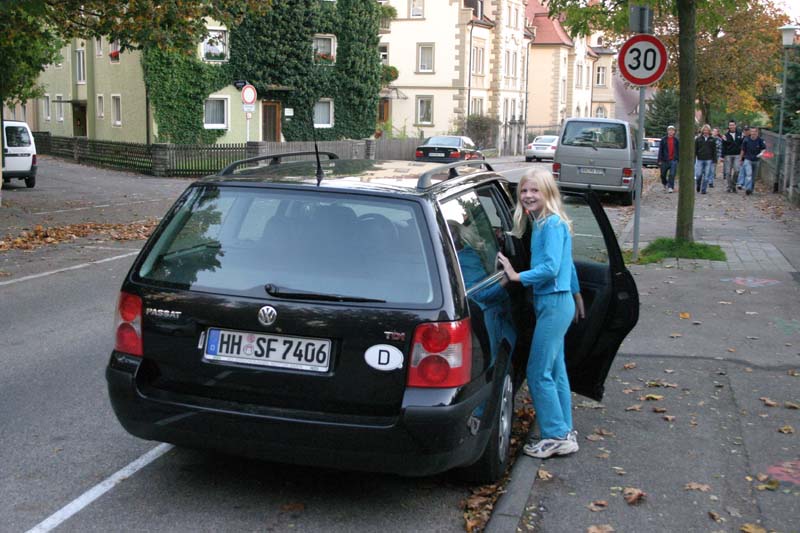
Our diesel Passat TDI rental car again, and the ever-smiling Claire.
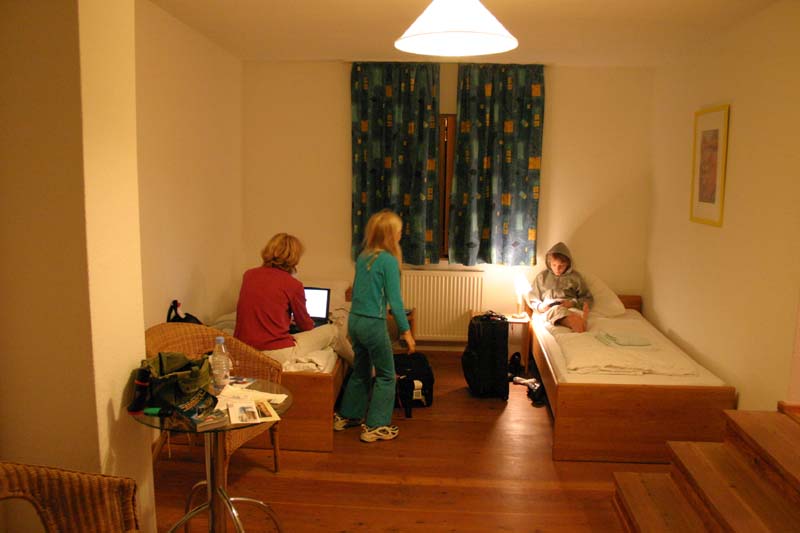
This is our room at Fuchs Mill, just down the hill from Rothenburg.
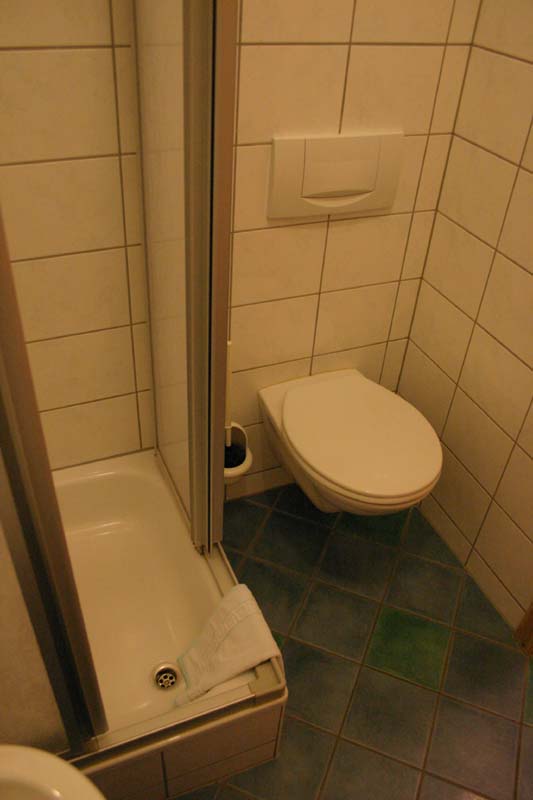
The bathroom was first class, recently remodeled by the owner. One thing we noticed about public restrooms everywhere (besides the fact that you could eat off the floor) is they always have a toilet brush nearby, and that they are a standard size and shape. Why have twenty different kinds of toilet brush on display in the store, if one will do? And people actually clean up after themselves, just like at home, rather than expect somebody else to do it for them!
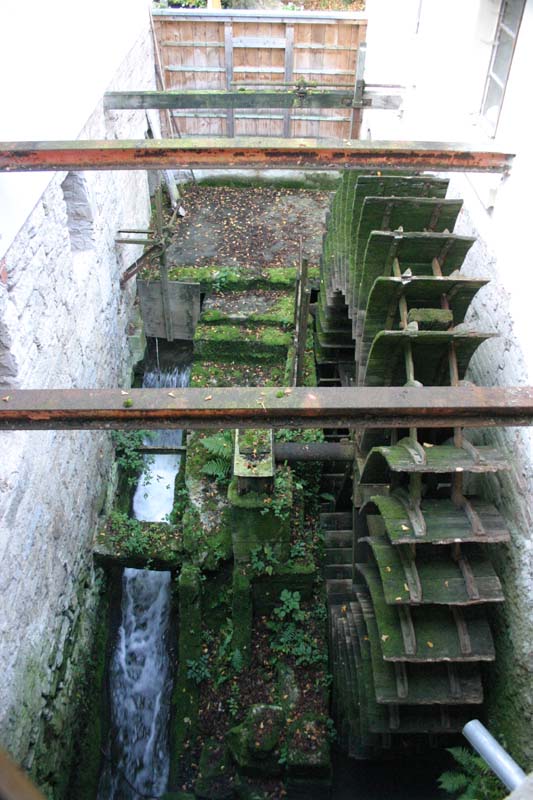
Here's the ancient water wheel, taken from the window in our room.
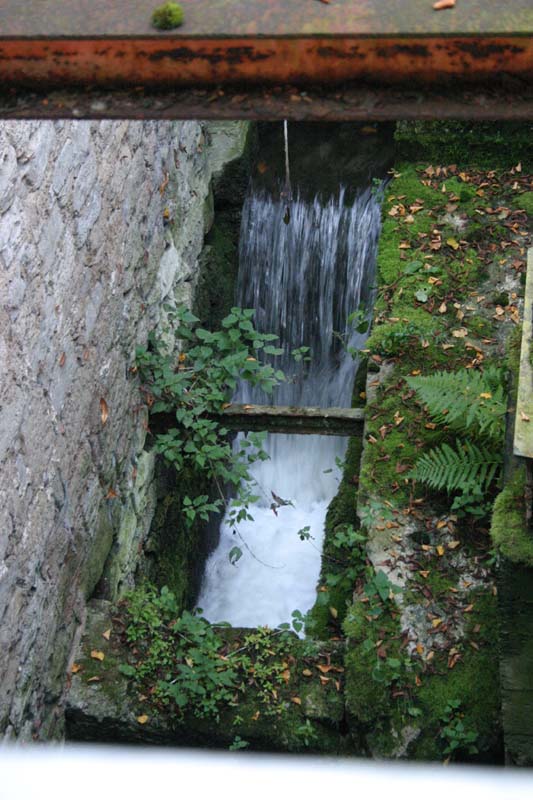
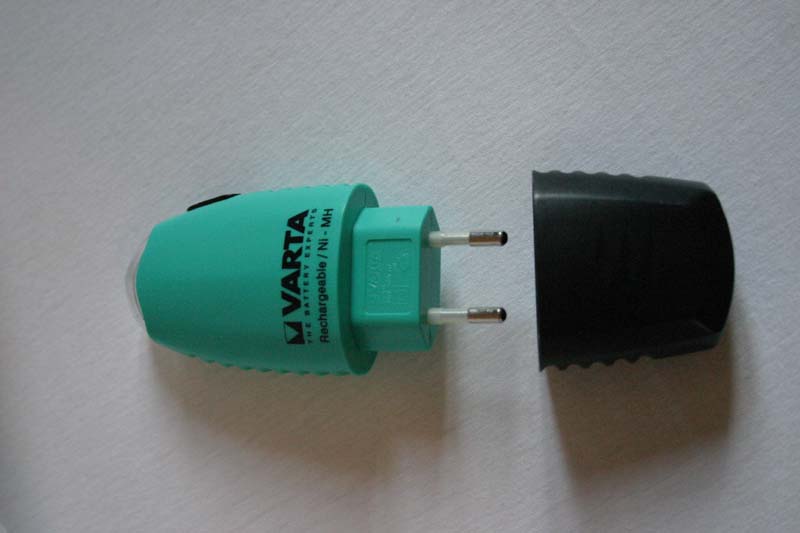
This is a rechargeable flashlight that he let us borrow for the trip up to town to hear "the night watchmen's story". A study in design simplicity.
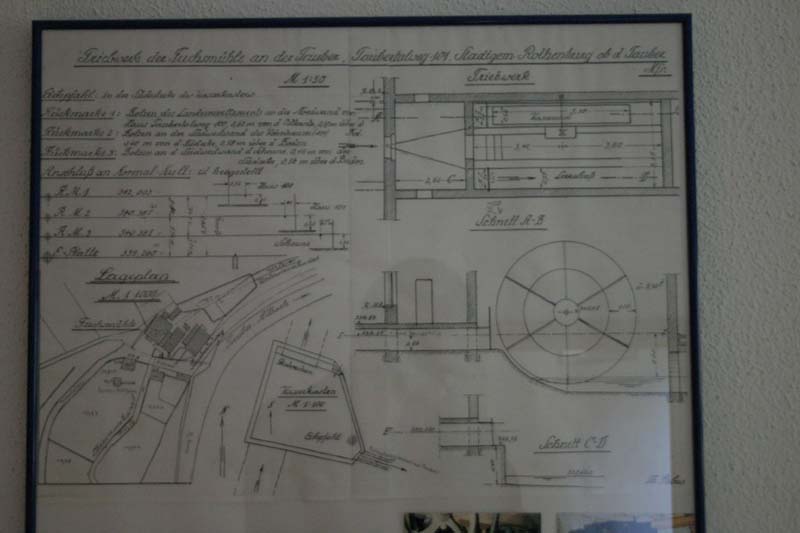
These are early design drawings of the mill.
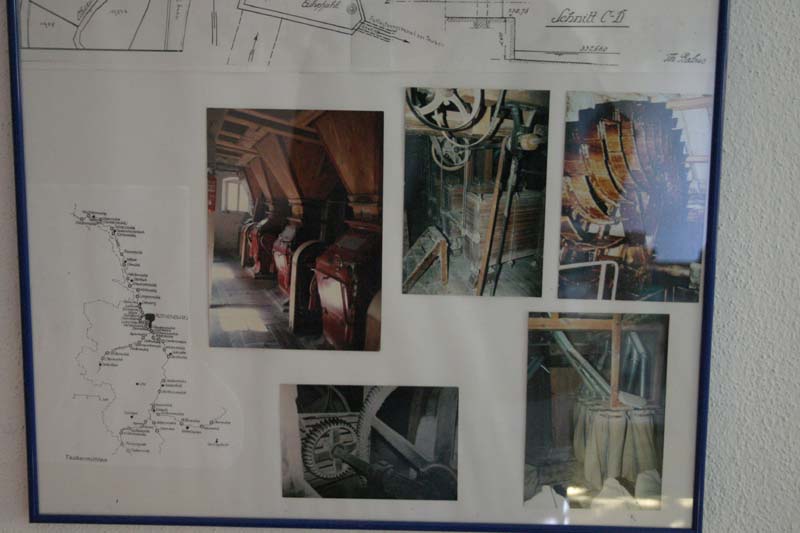
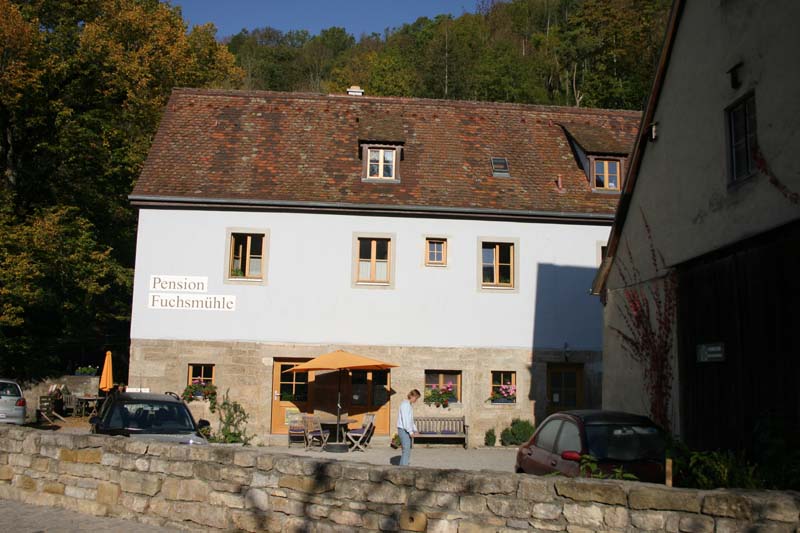
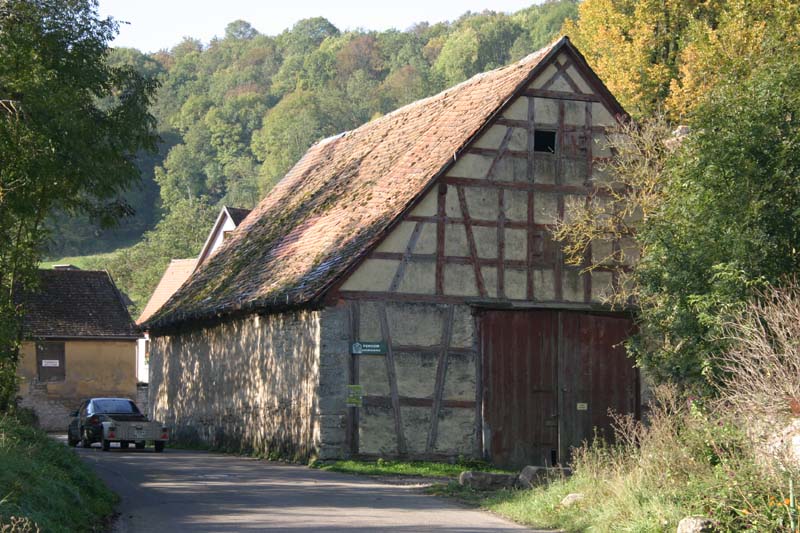
This post and beam barn is next door, on the way up to Rothenburg. Probably kinda old...
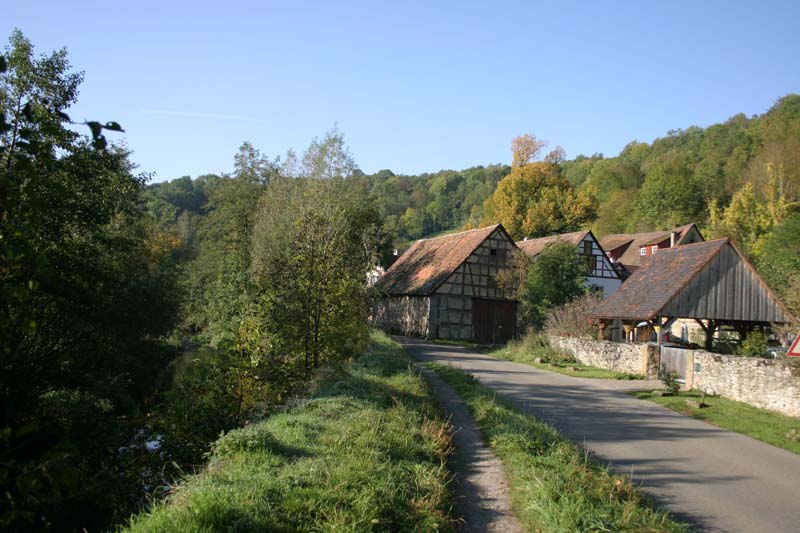
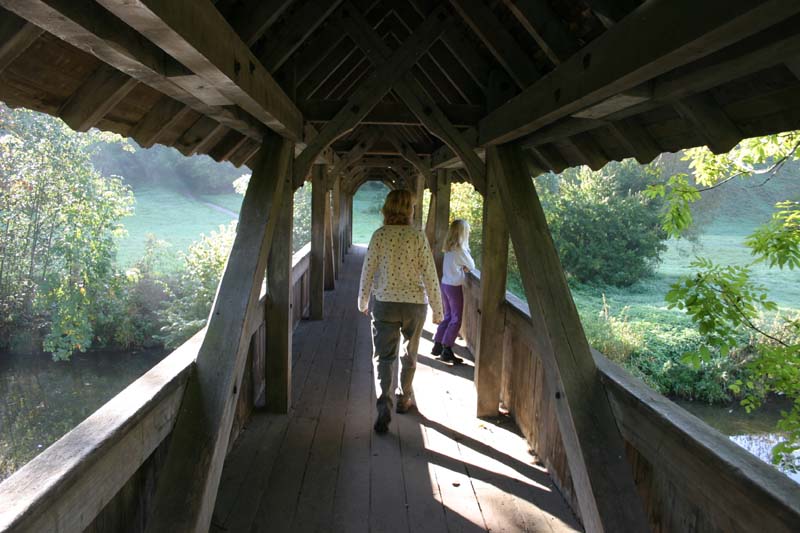
...as is this covered bridge. Just about everything is hundreds of years old, and built to last.
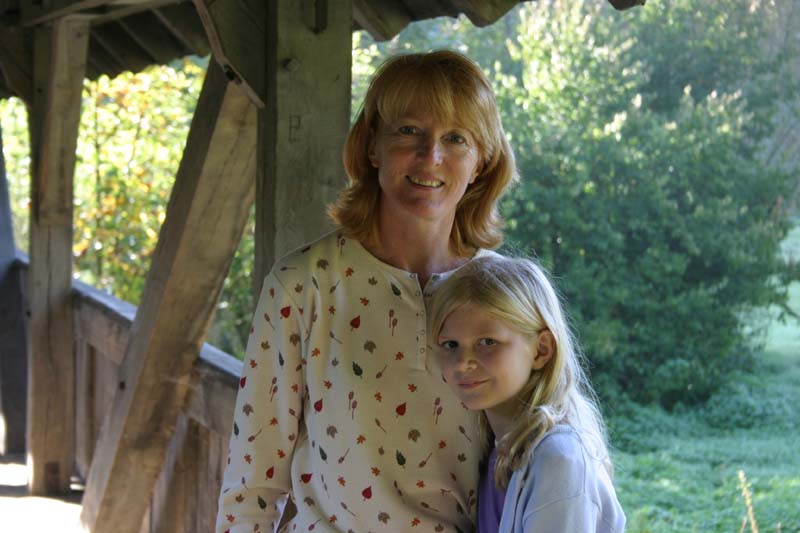
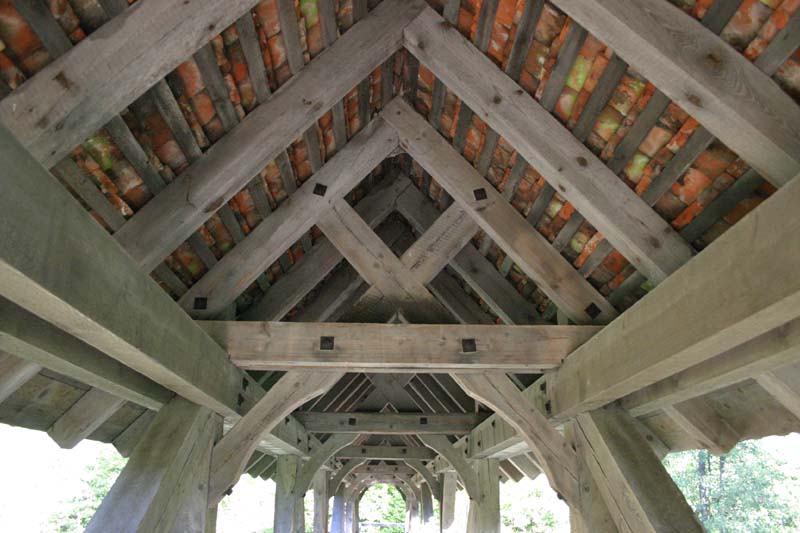
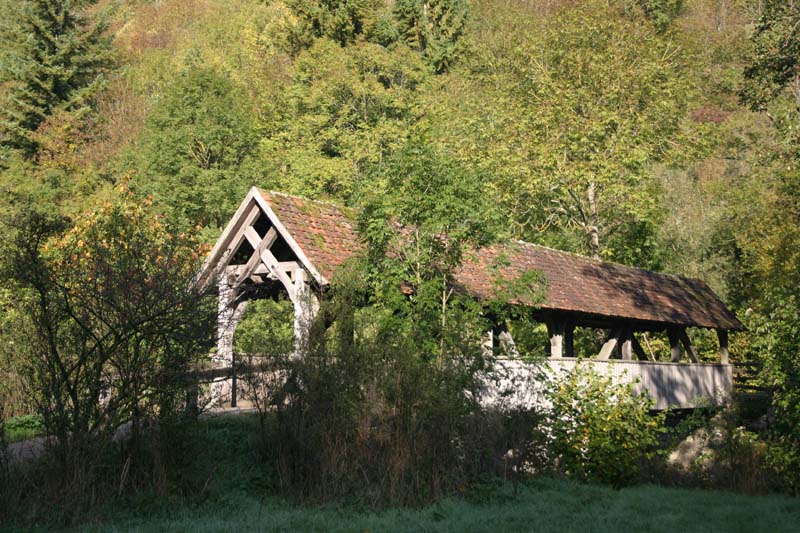
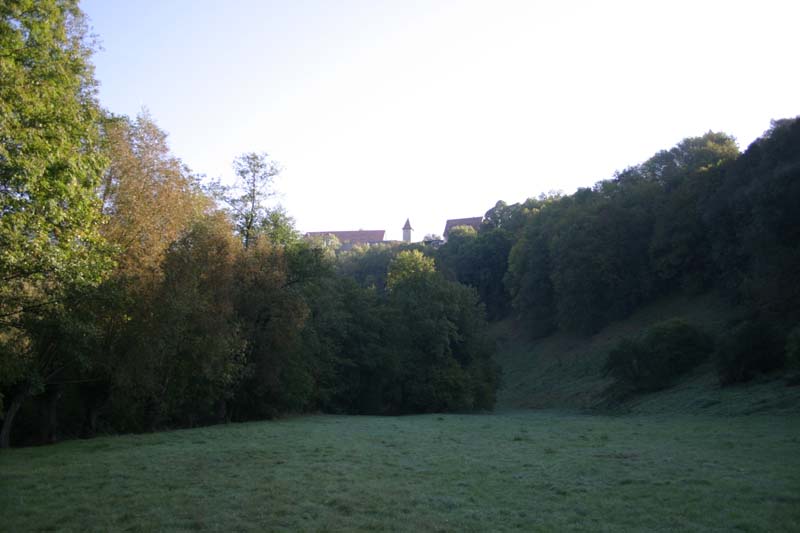
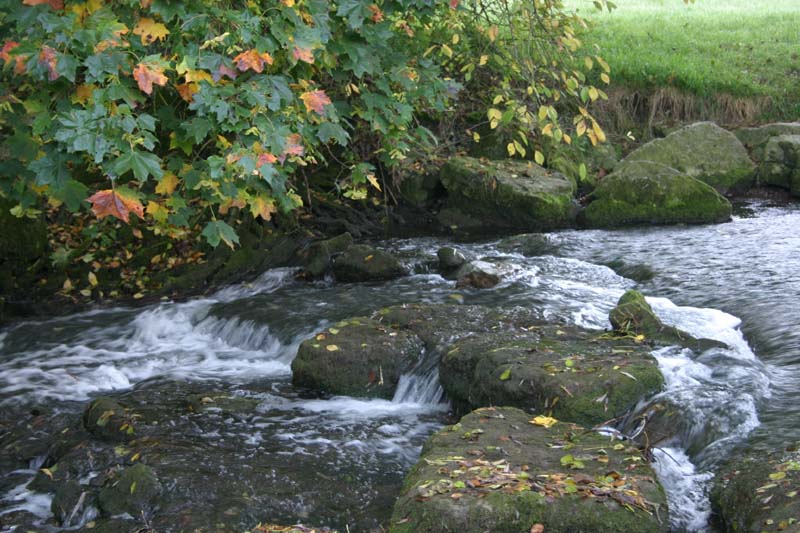
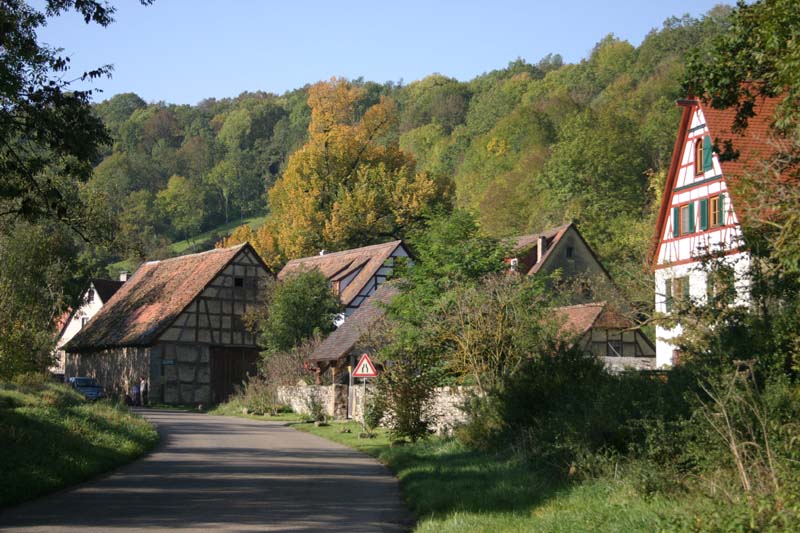
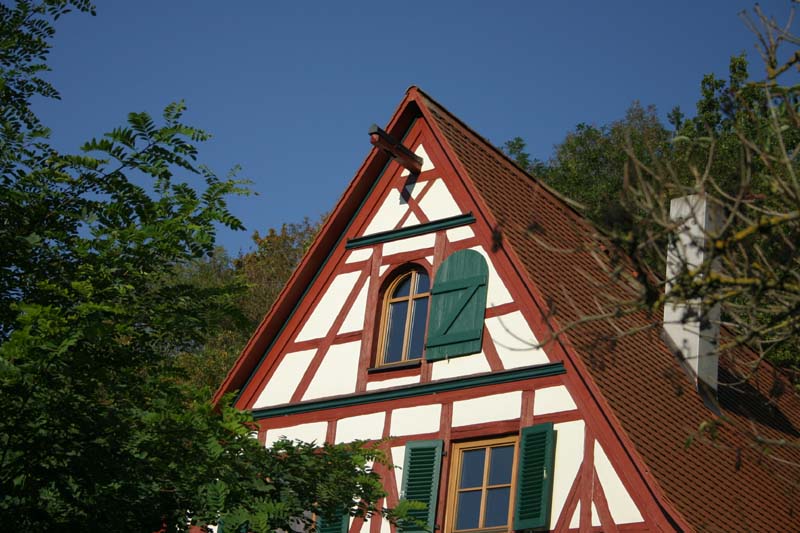
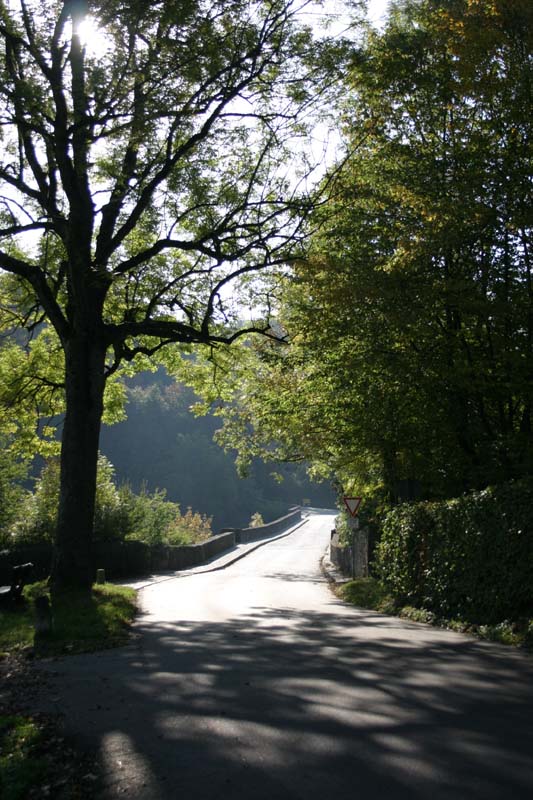
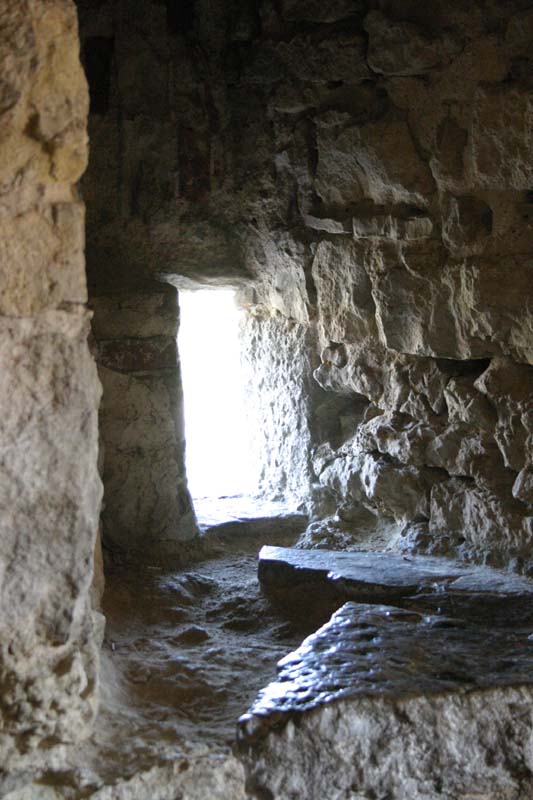
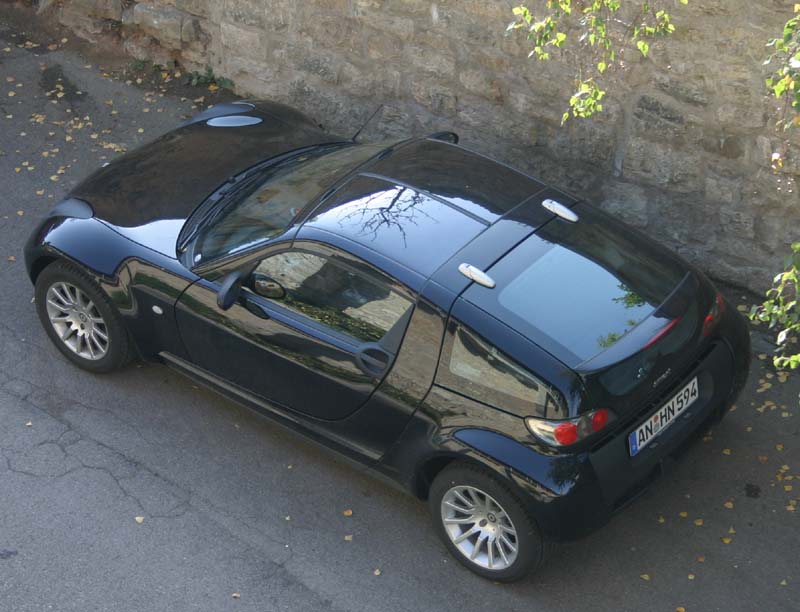
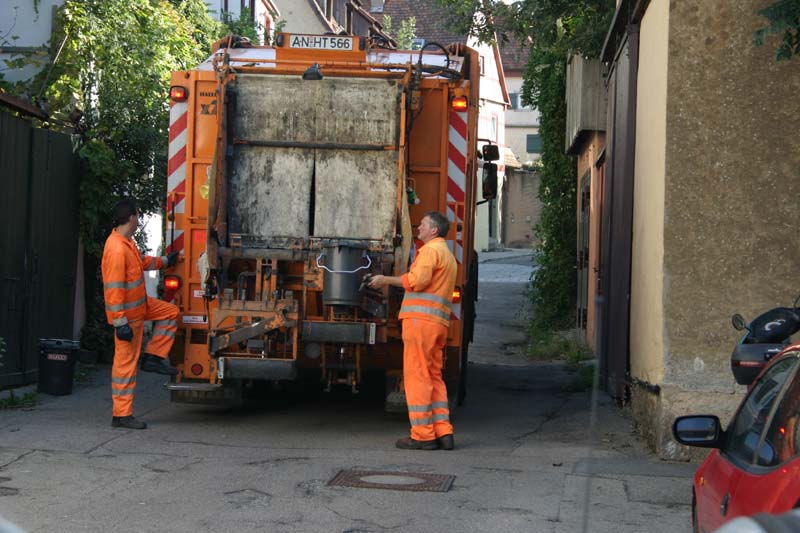
These little trash cans is all the Germans need, because they recycle most of their trash, and don't have to buy a bunch of extraneous packaging every time they go to the store. I hope they maintain this stance, despite American influence.
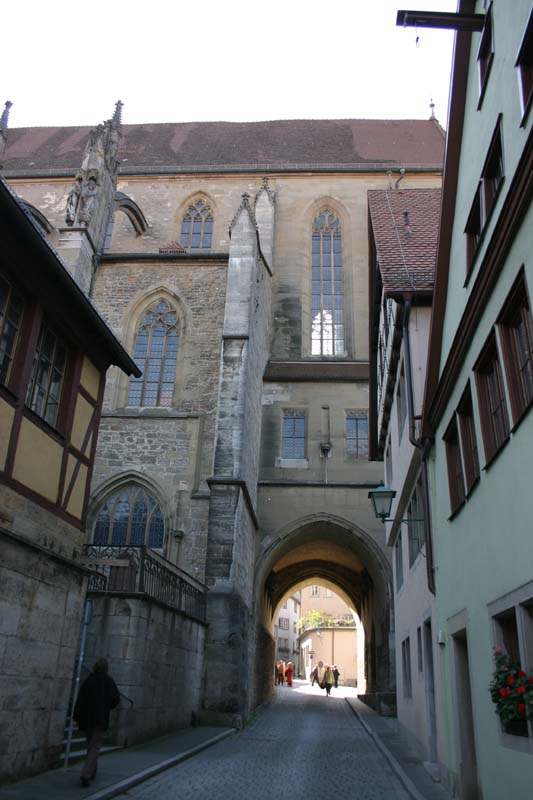
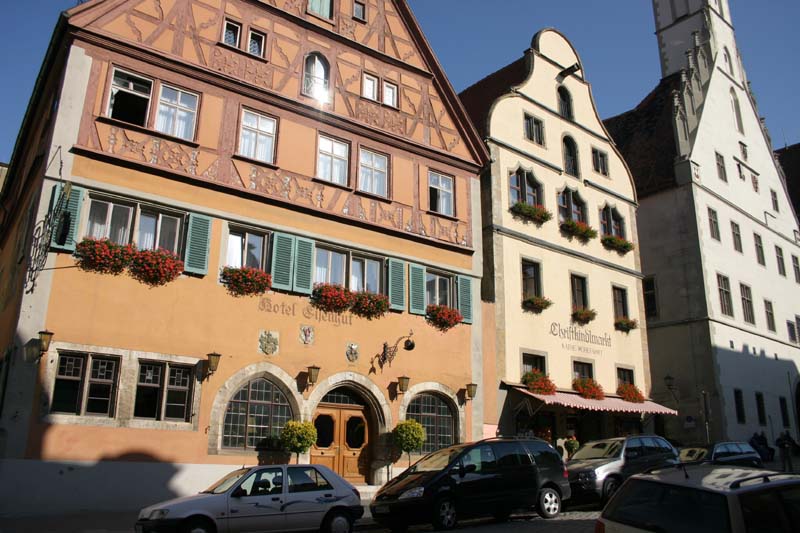
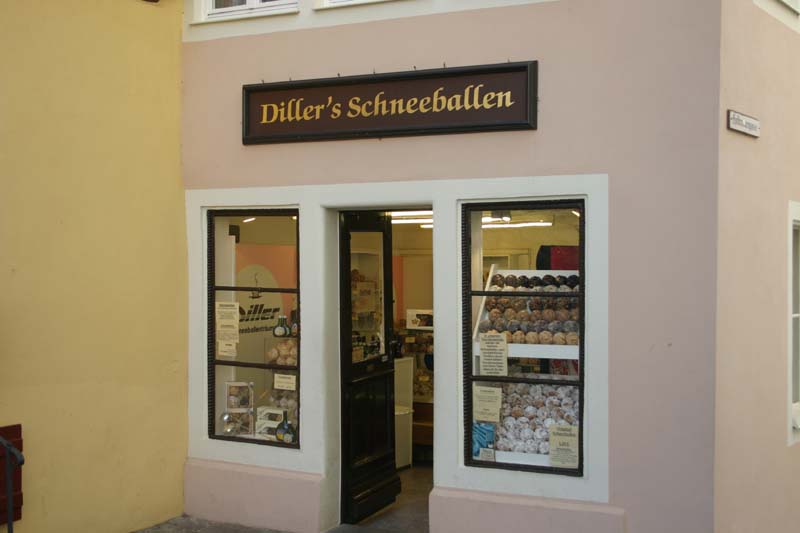
Schneeballen ("snowballs", I think) are a local specialty.
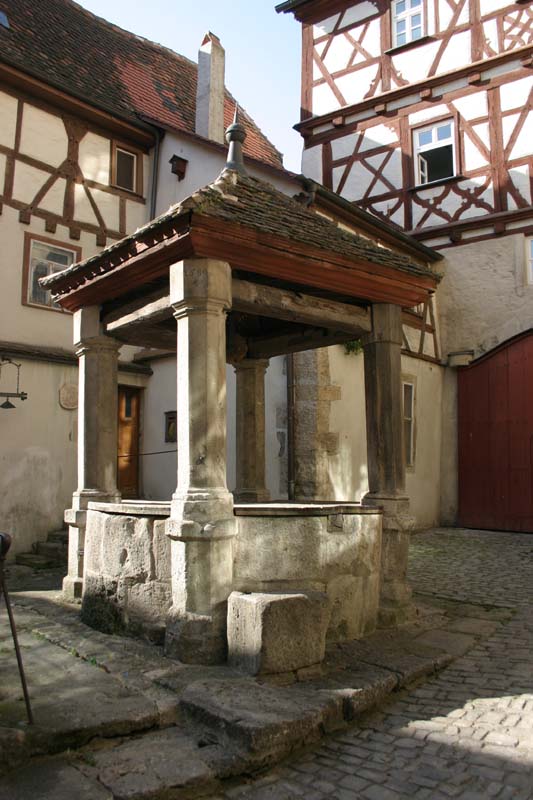
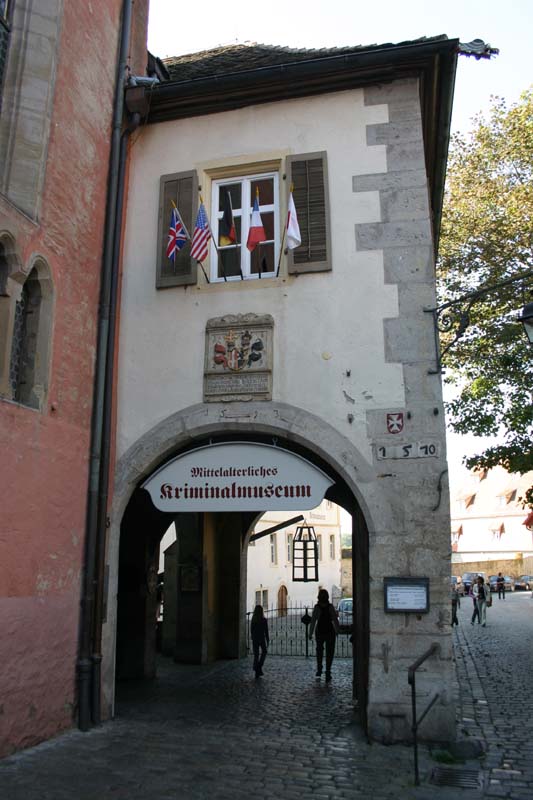
This is the "medieval times criminal museum". Jordan and I weren't real wild about even going in this place, and when we left it was none too soon! The photos below don't show the really nasty stuff, because I didn't even want to think about that kind of thing...
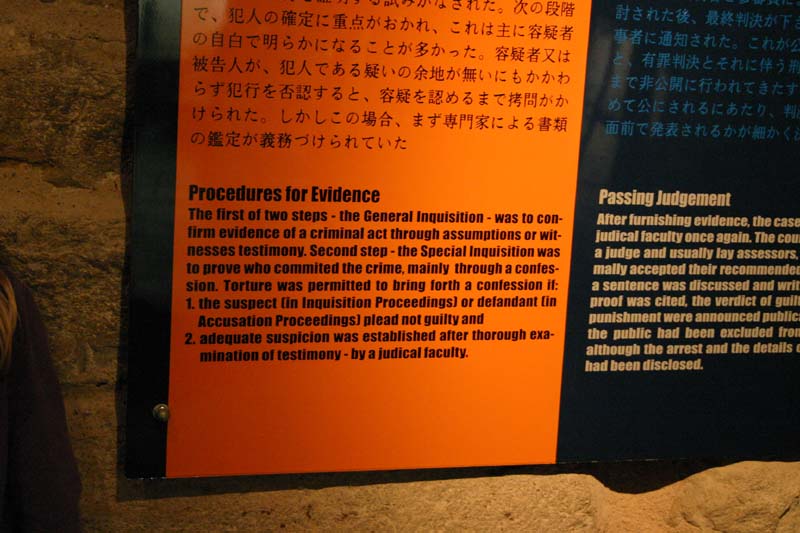
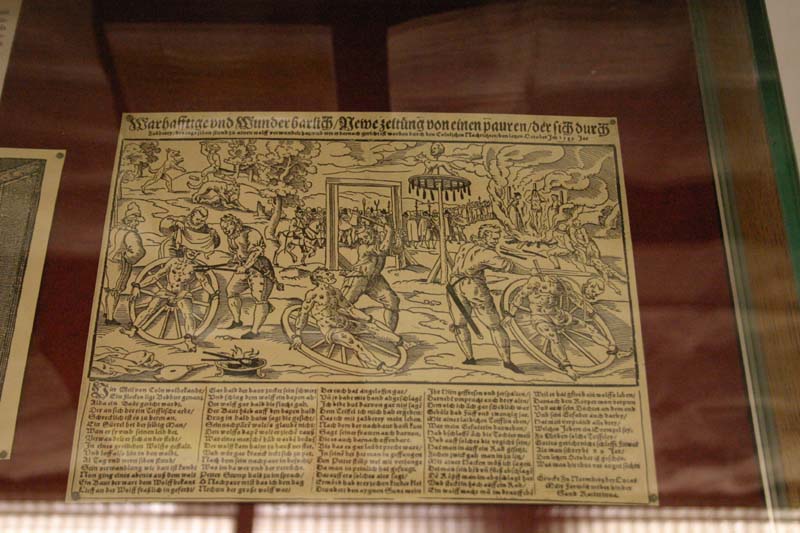
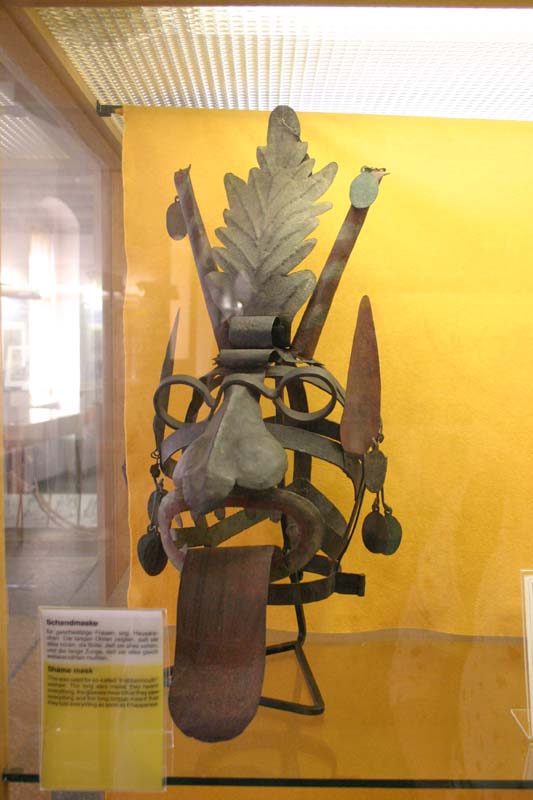
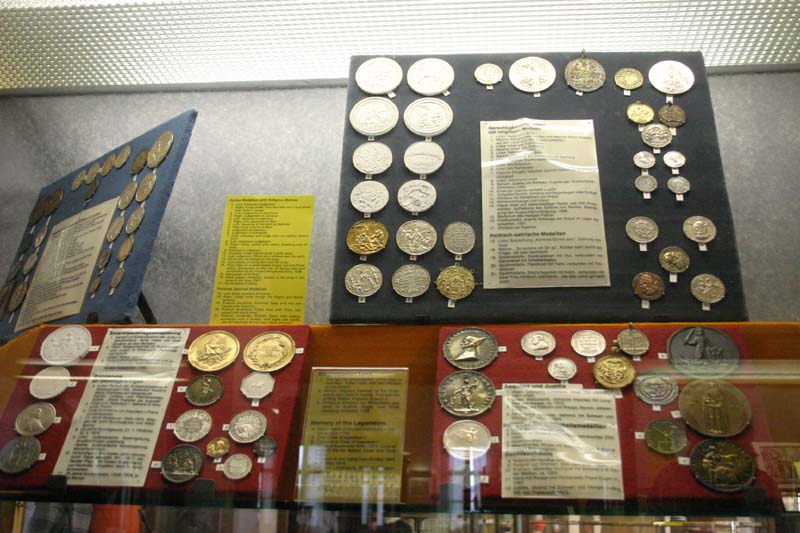
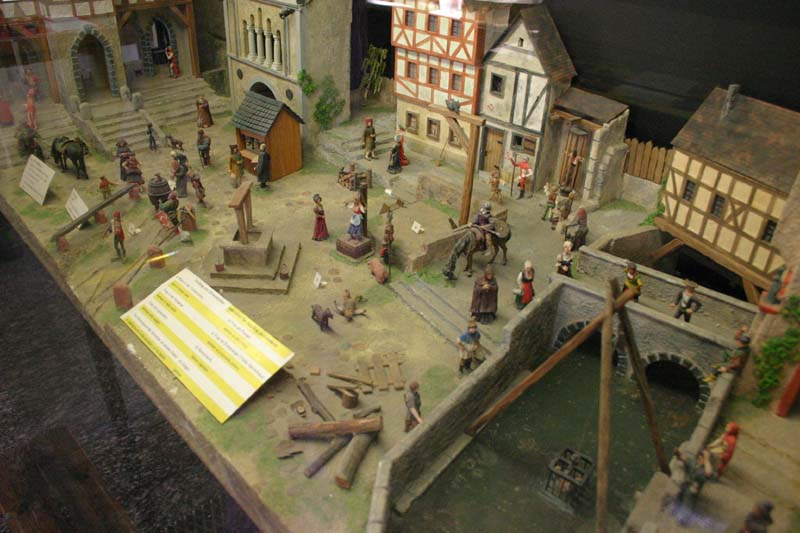
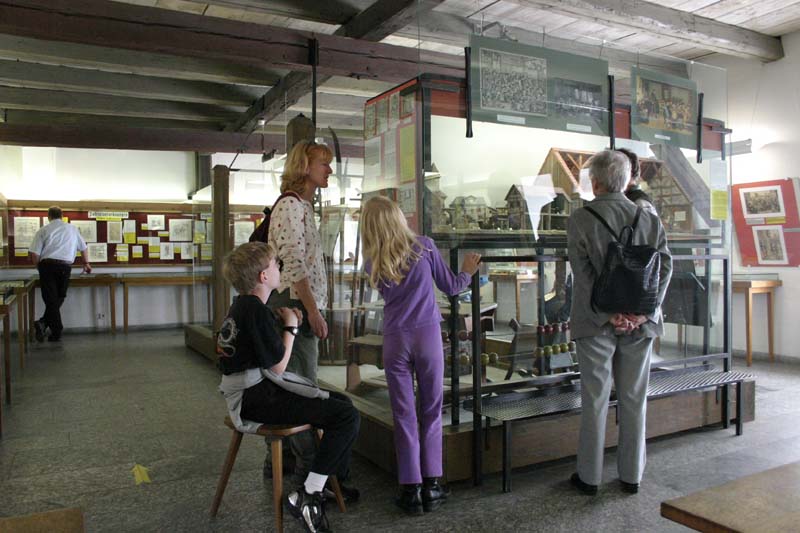
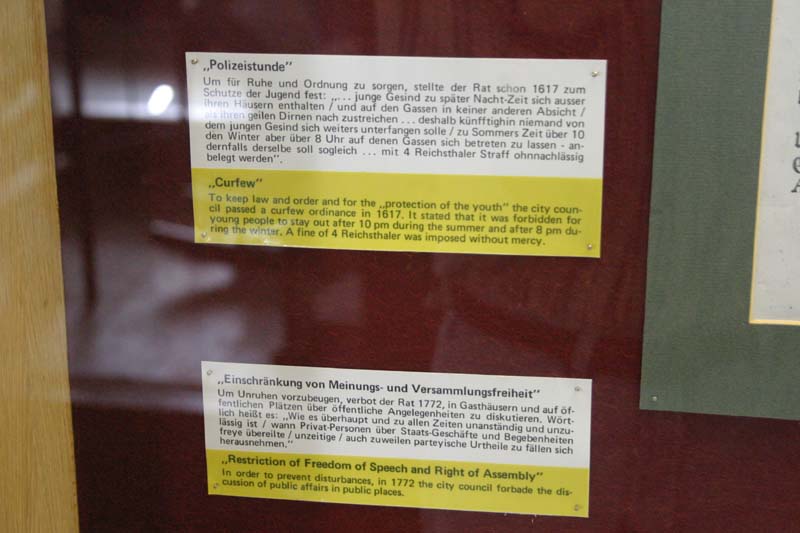
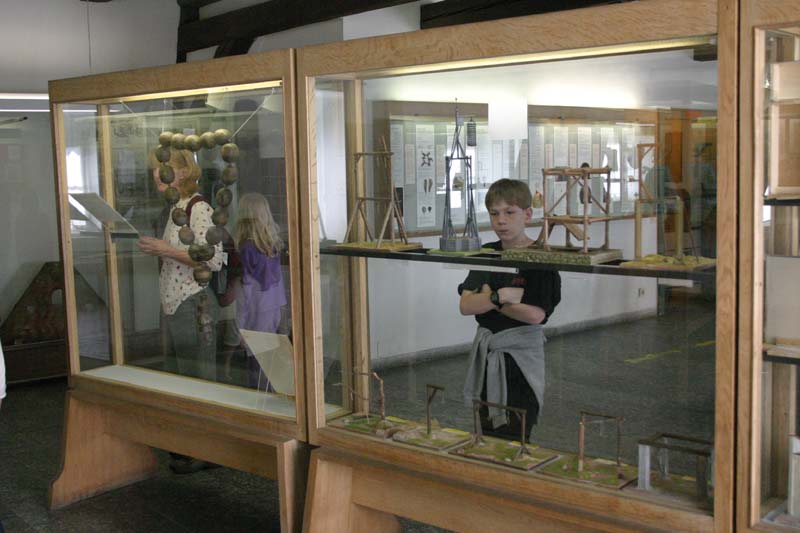
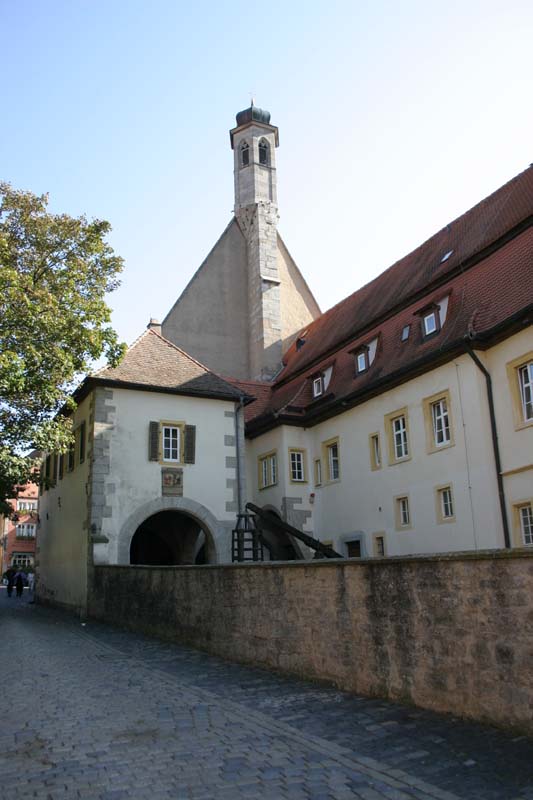
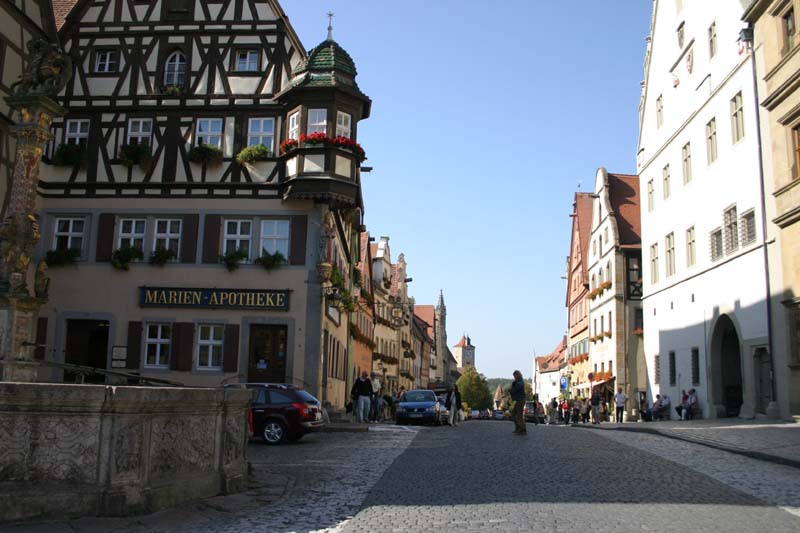
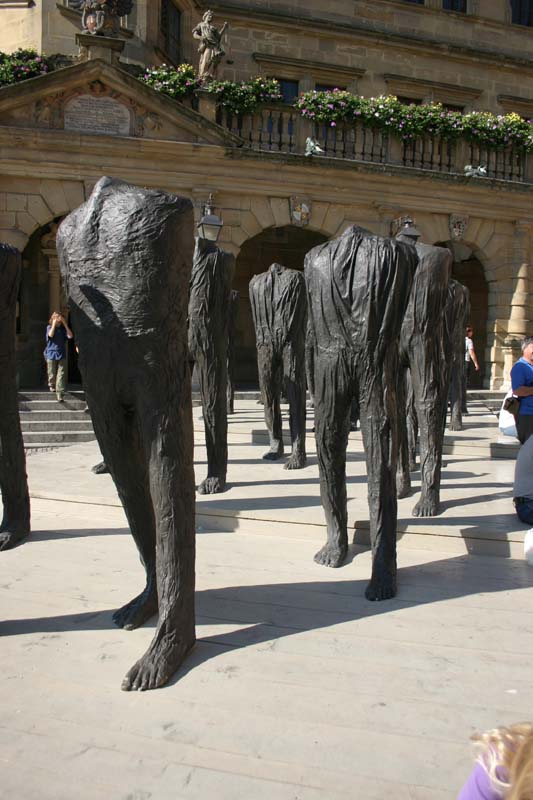
These headless guys hang out at the main town square, the Marien Platz.
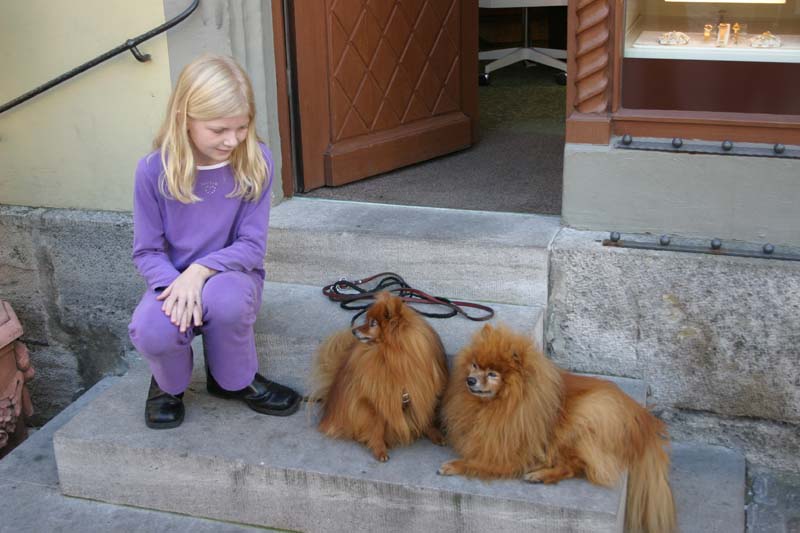
Claire wanted to pet every dog she met, and she finally got double her wish with these two critters.
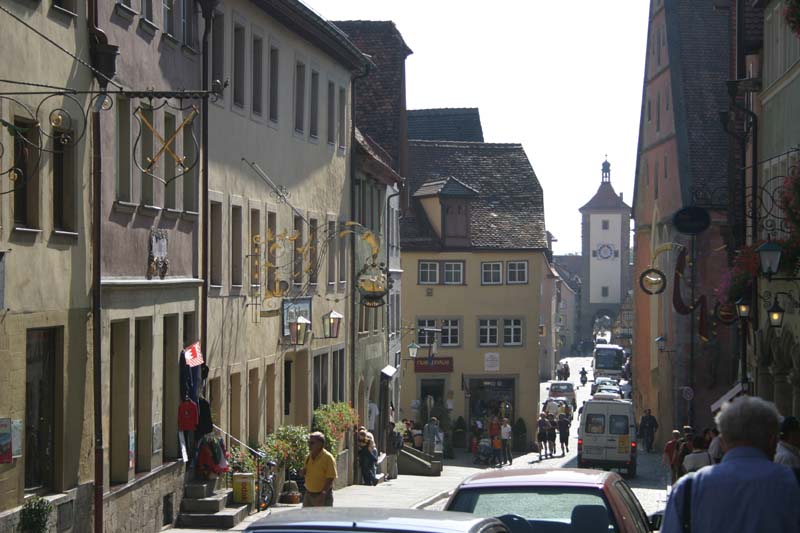

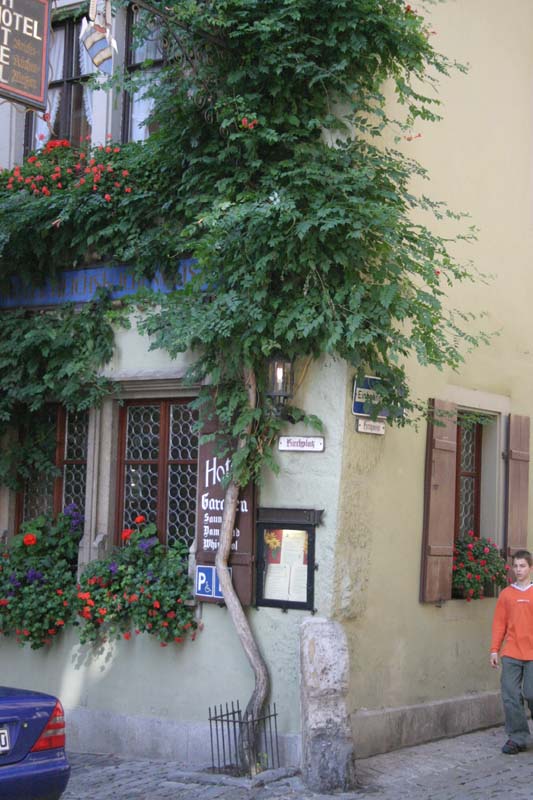
Jeanie was impressed that this tree could survive with no apparent means of being watered.
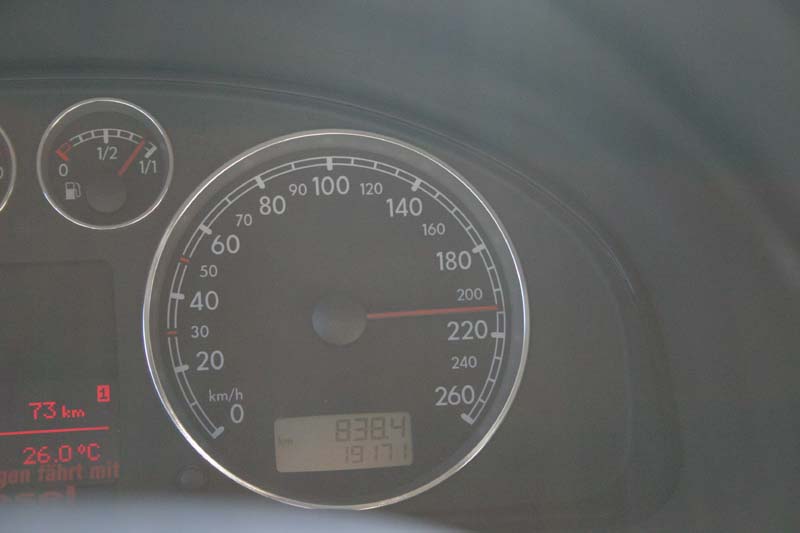
Next, we headed to Munich, by way of autobahn. I shouldn't admit that I took this picture, because 209 km/h is about 131 mph. Later I had it up to 225 (over 140 mph), but I was too busy driving then! This Passat was a diesel that had some unbelievable bottom end torque. This was in sixth gear, not even stretched out yet! Although I felt perfectly at ease going 125-140 in that car, I never felt compelled to just "floor it" for a few miles to find out where the top was. Neither Jeanie or the kids hardly noticed, because it was obvious that the other drivers knew exactly how to act, and that it was pefectly safe here. Despite the high speeds on the autobahn, Germany has about HALF the death rate per mile driven as we have in the US. Training and lane discipline are the main reasons why.
Germans are required to undergo something like 120 hours of instruction at a "Fahreshule" before they get their license, and they have to pay for it themselves. This curriculum ensures that everybody knows how to act, what to expect, and what's expected of them. If everybody acts the same way on the highway, the chances of accidents are greatly reduced. Driving on the autobahn, you must stay to the right unless you are passing, and if you don't, you'll get a ticket. And you don't pull out to pass without a long gaze into your rearview mirror for fast moving traffic from behind.
Drunk driving simply isn't tolerated, period. First offense, you lose your license for a year. If you get caught driving without a license, you go to jail. End of problem. Unlike in the US where it's not uncommon to hear of drunks with 10 or 12 DUI convictions finally killing a family of four! It wouldn't have happened in Germany...
Speed limits are strictly enforced though, where there ARE speed limits, so people obey them religiously. Camoflaged radar cameras on the side of the autobahn see to it that enforcement is uniform and absolute, so the polizei can devote their time to REAL crime. I believe the cameras are set to 20km over the limit, judging by the flash I saw when the guy I was following got nabbed, so the limits are known and understood. Speed zones are clearly marked and give plenty of warning. When the "end of restrictions" sign appears, it's usually a smooth"pedal to the metal" for most Germans, without the jockeying for position that you see on American highways before and after a construction area. About 2/3's of the autobahn has no speed limit at all. I love this place!
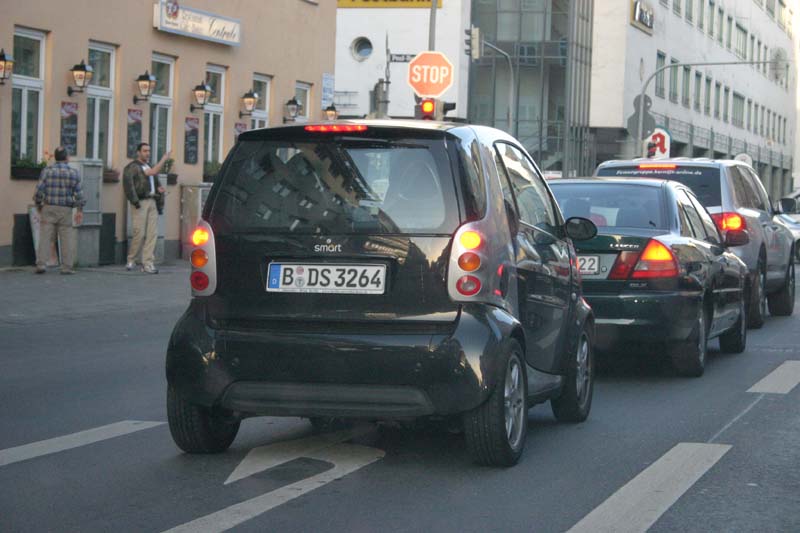
This is a "smart", by Daimler Chrysler. You could park four of these sideways in a typical American parking space. There's also a very sporty version that I'd love to own! Taxes on German cars are assessed by engine size, so the smaller the engine, the cheaper the taxes, the less you have to pay for fuel, and the easier it is to get around in the narrow streets of ancient towns.
My german co-worker Manfred pointed out that one thing german cars don't do is leak oil, or at least the germans don't LET them leak oil. The parking spaces are spotless! Which goes for the rest of german countryside. You simply don't see trash on the side of the road, on the streets, or anywhere else. It's a whole different mindset.
Another thing that struck me was how clean the cars are. And you simply don't see cars with dents, damage, or rust on them. They are too proud for that. I saw one car that had been damaged, and I'm willing to bet that he was on his way to the body shop.
One other difference is pickup trucks. There simply are none. We saw two pickups during the 12 days we were there, and both were probably American GI's. When Europeans need something big from the store, they hook up a little trailer to their car and go get it, rather than driving a big truck around 100% of the time. This is exactly what I do, so it was nice to see the validation of my rationale.
Soapbox Alert!. If U.S. drivers had to pay another dollar of tax on each gallon of gasoline they guzzled, they'd probably drive something smaller, curbing our dependence on foreign oil. And if that dollar per gallon tax went into alternative fuel research, we would lead the world in new solutions to the global energy crisis. I guess that blows my cover and exposes me as a tree-hugger...
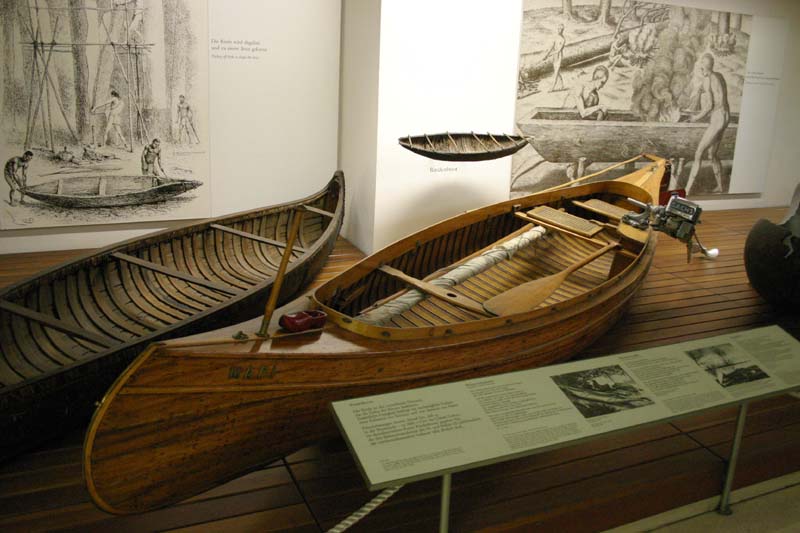
First stop in Munchen was the Deutches Museum, the German equivalent of the Smithsonian.
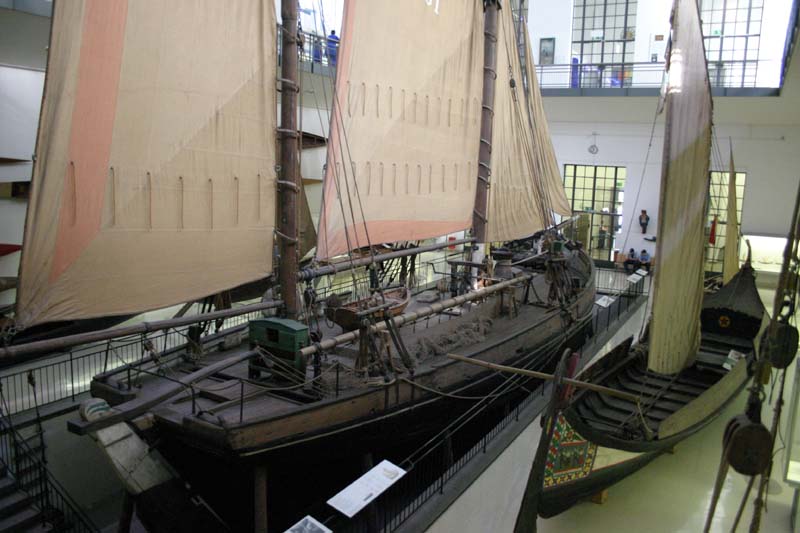
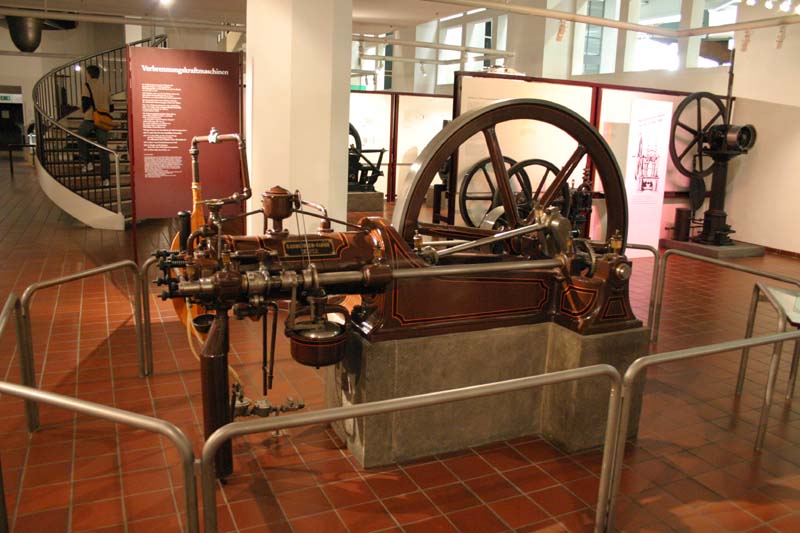
This is one of the very first internal combustion engines that was available for sale.
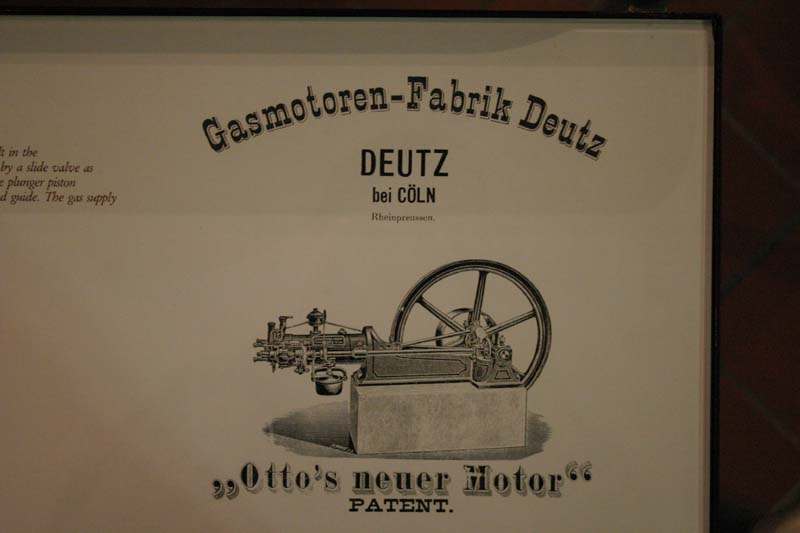
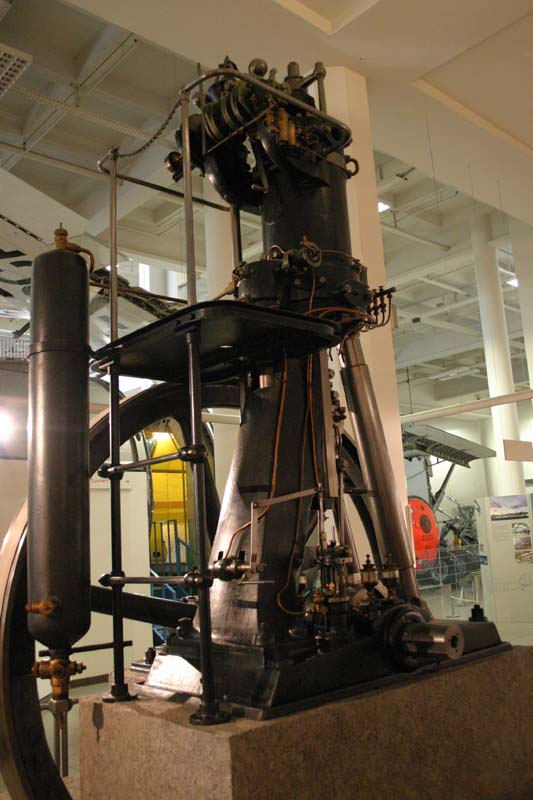
Would you believe "the FIRST diesel"? They don't have one of THESE in the Smithsonian!
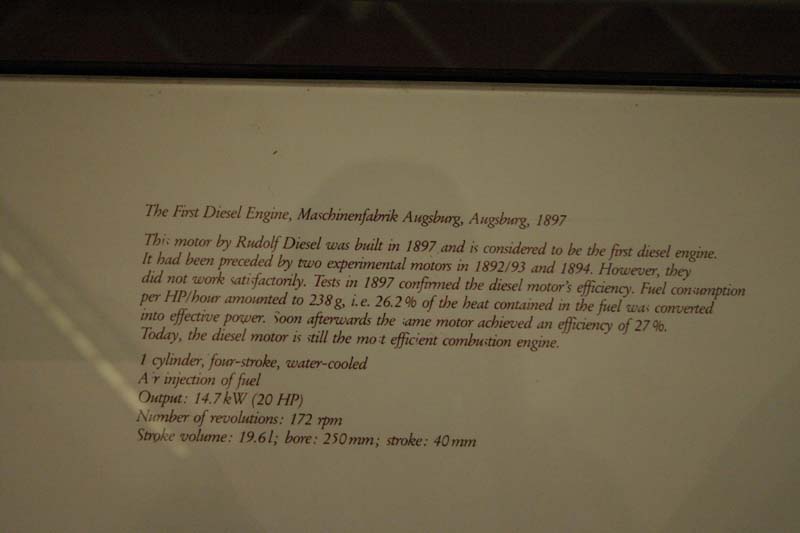
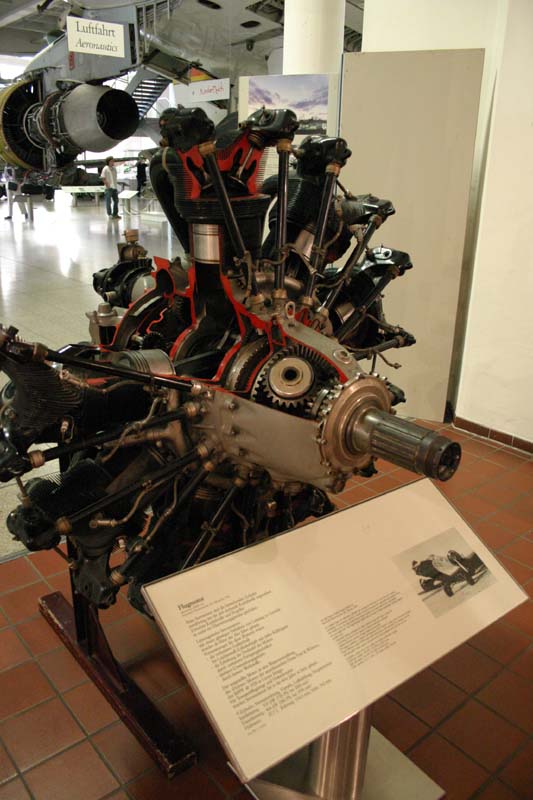
A sectioned radial aircraft engine. Sorry, but I'm a total motorhead...
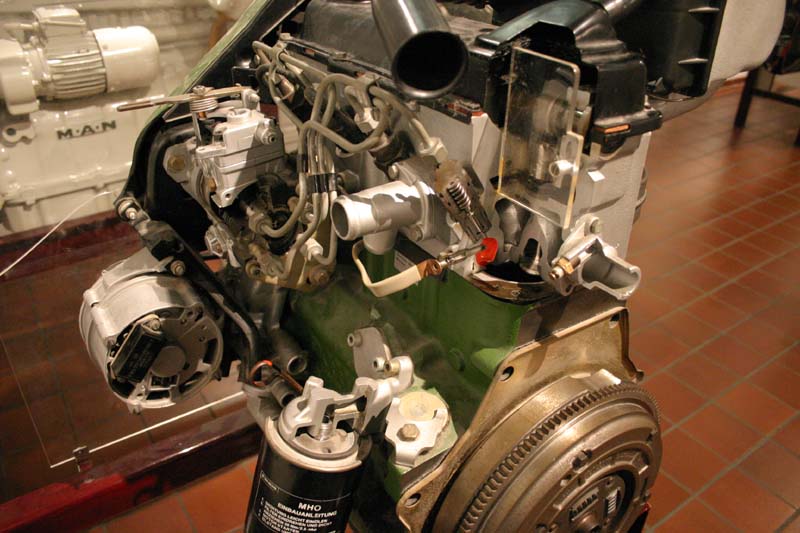
This engine is from a diesel VW Rabbit. When I worked at a VW dealership in Las Vegas, I personally tore 9 of these down in a row to replace the engine blocks. They were brand new engines, and looked exactly like this one, except the cool cutaways show some details that I've never seen before. Had to have a picture...
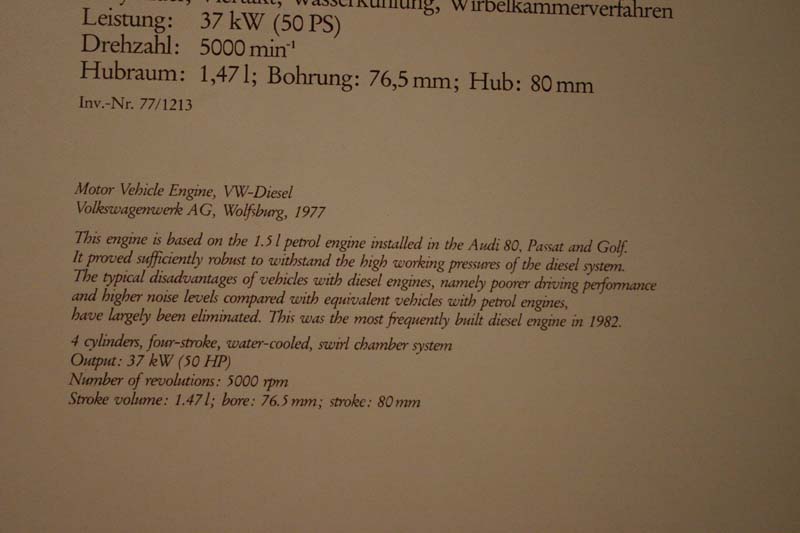
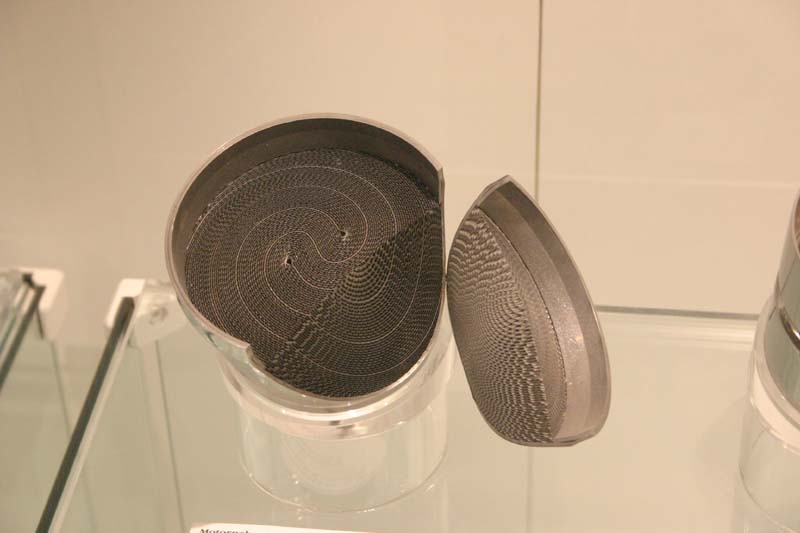
How about a little catalytic converter art?
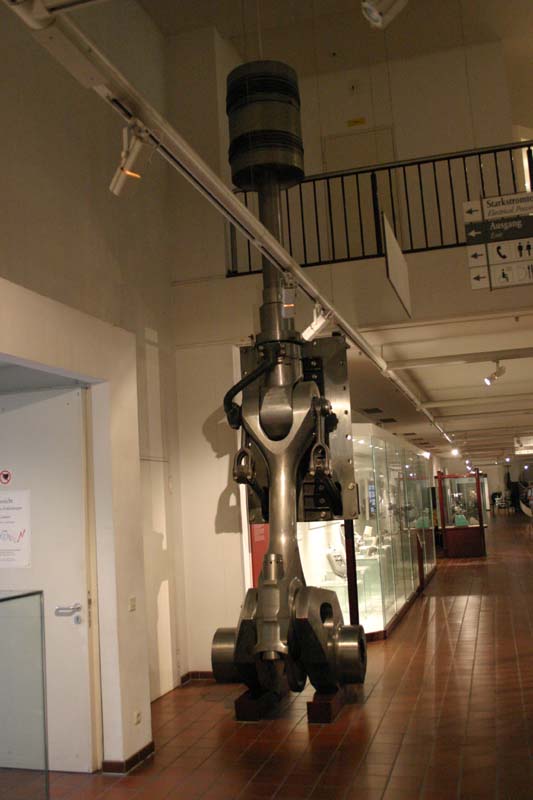
Here's the connecting rod and crank out of a ship!
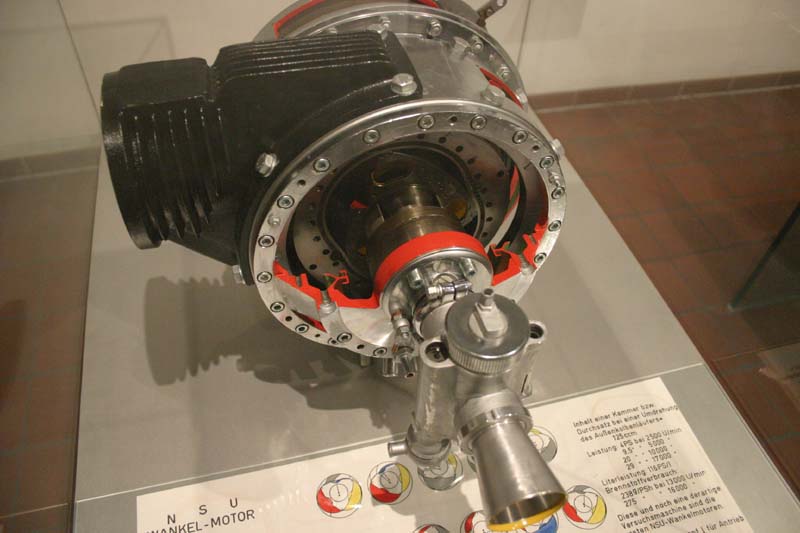
Ever wondered what the inside of a rotary engine looks like? I didn't think so, but here it is anyway...
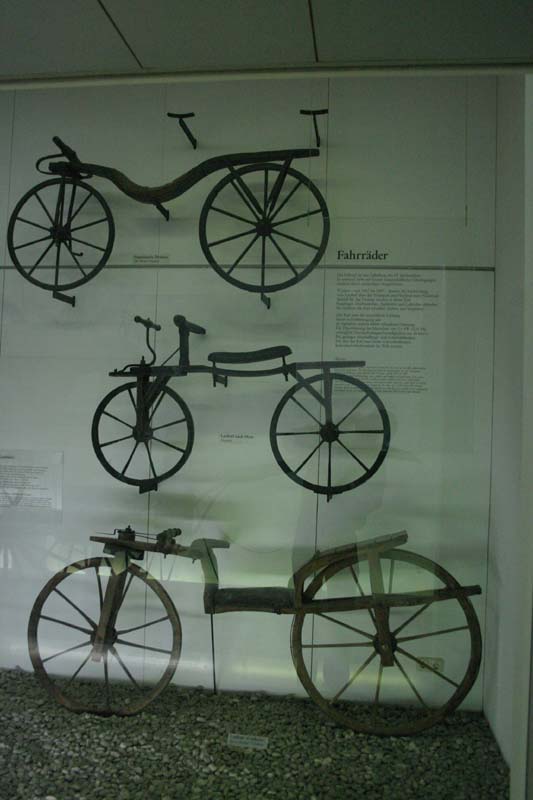
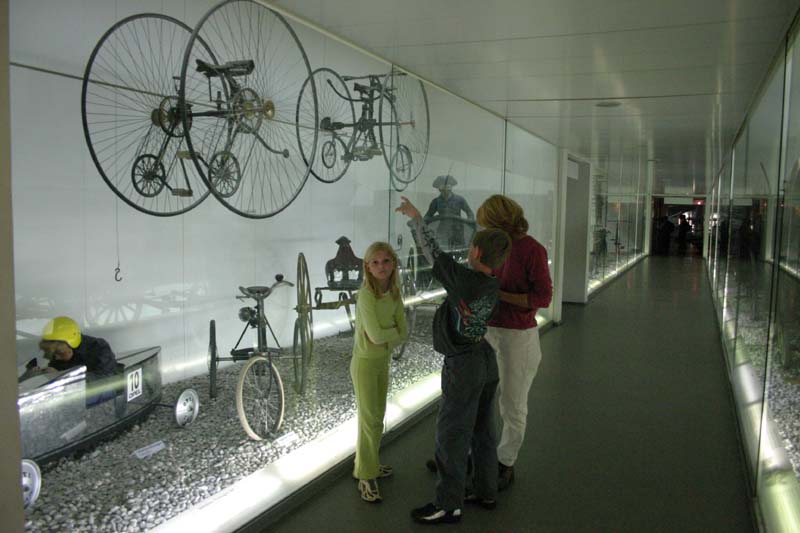
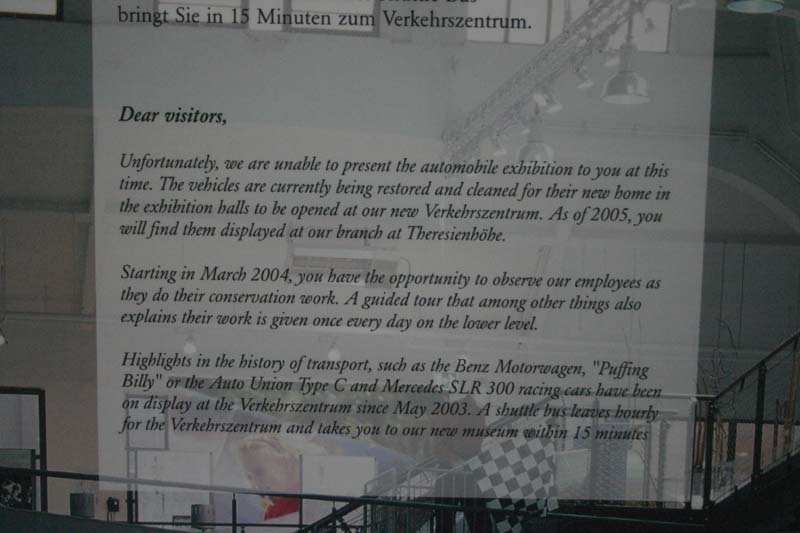
This was a real disappointment, but I saw it thirty years ago, so I guess I'm ok. We'll have to come back again to show it to the kids!
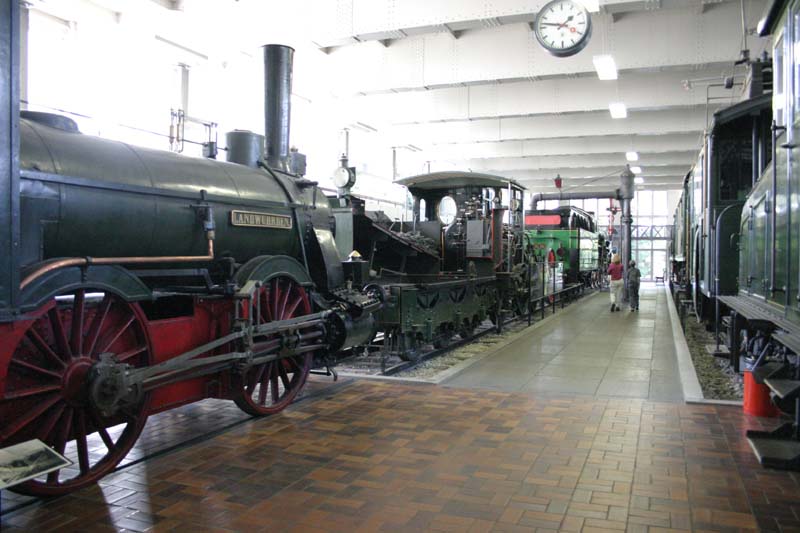
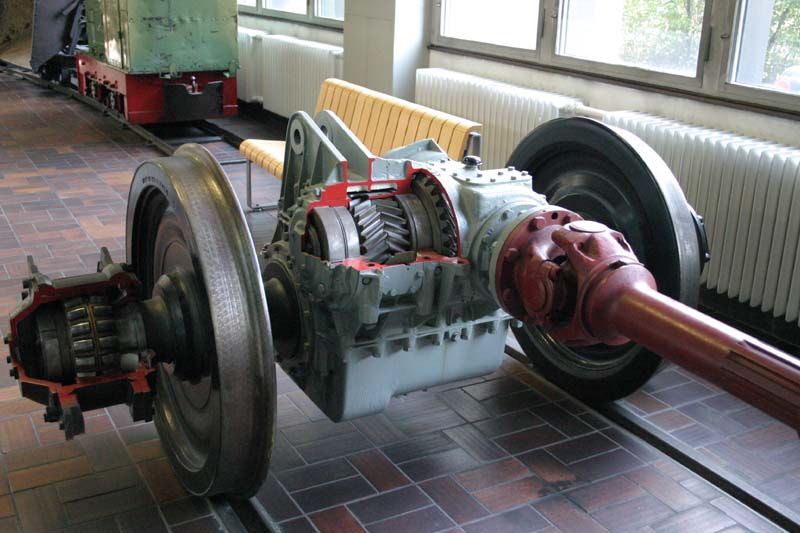
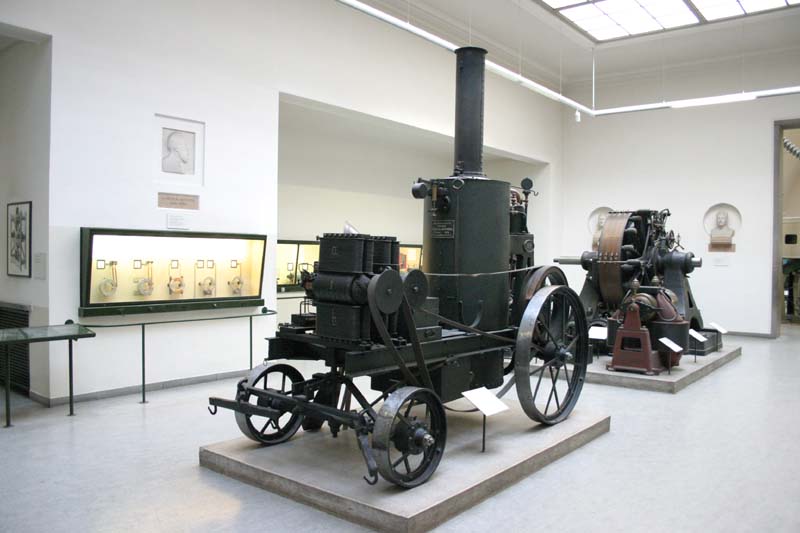
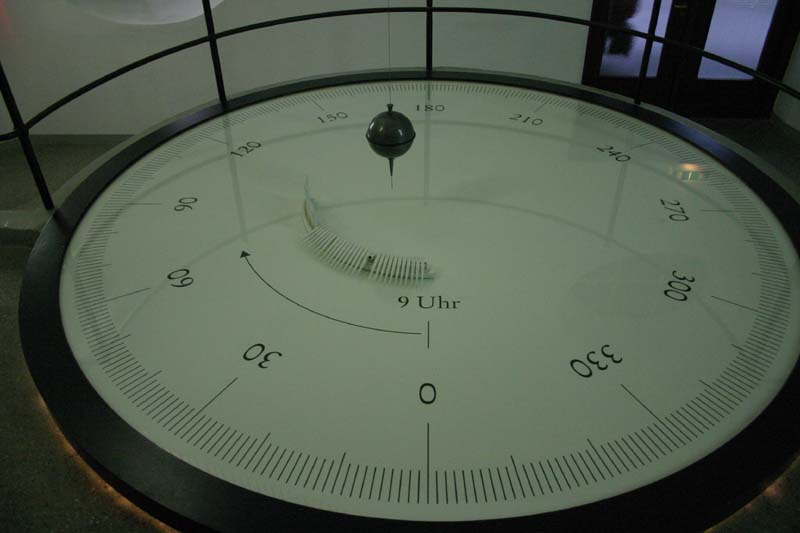
This giant pendulum demonstrates the earth's rotation about it's axis, somehow.
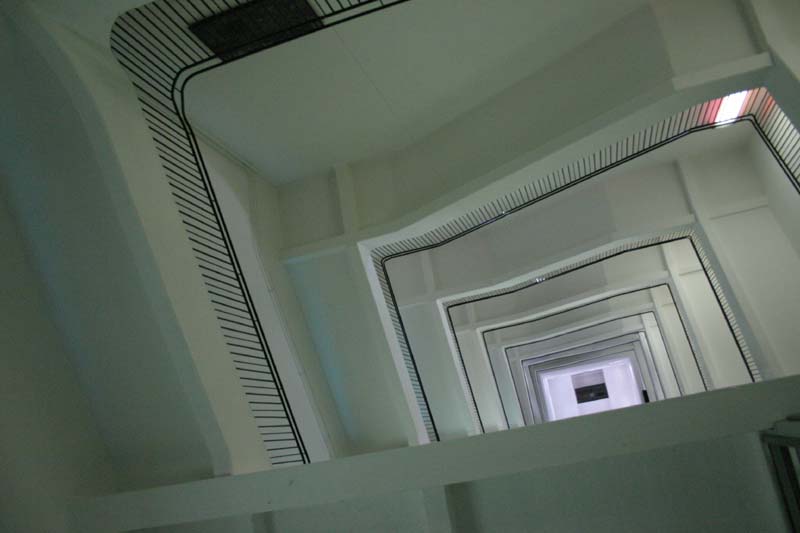
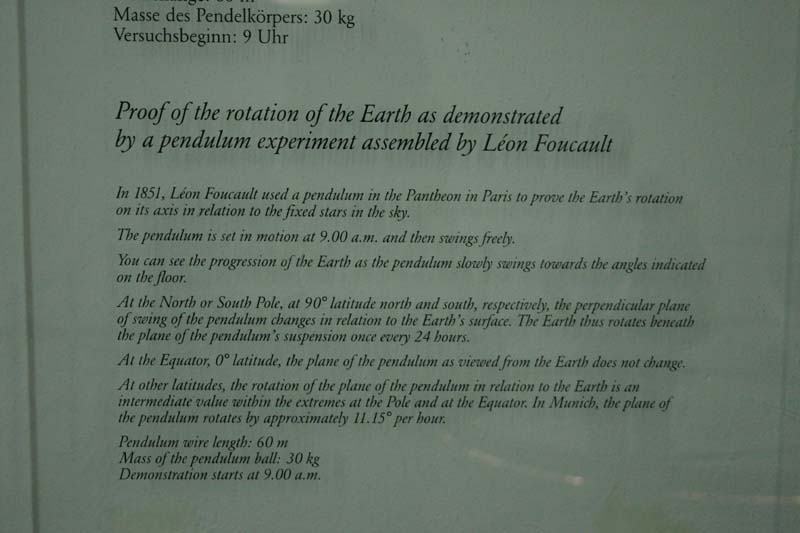

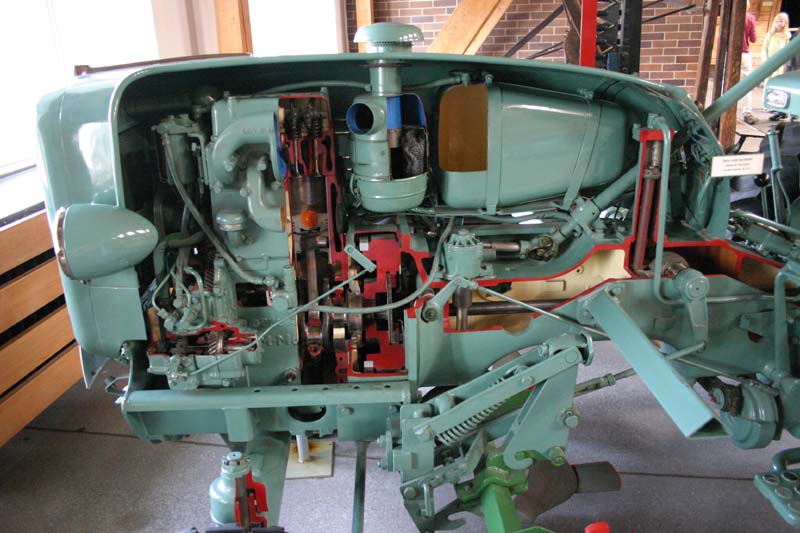
Sorry, but as a mechanical engineer eaten up with engines, I can't help myself.
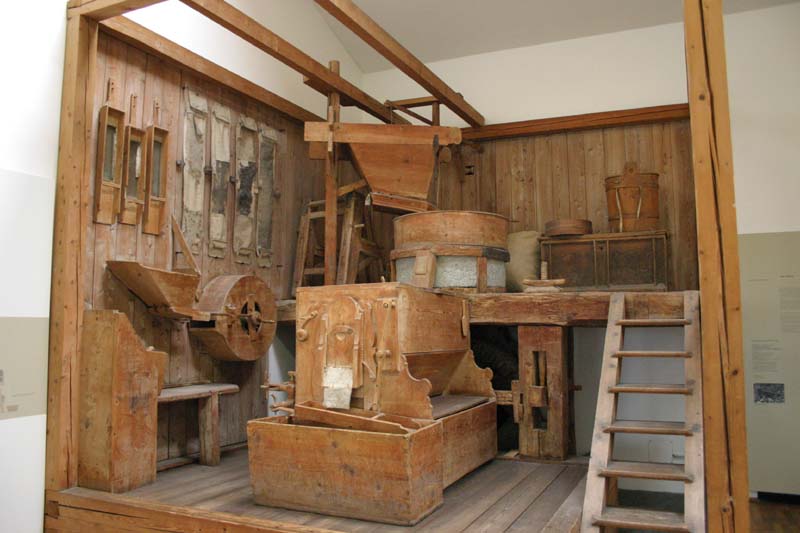
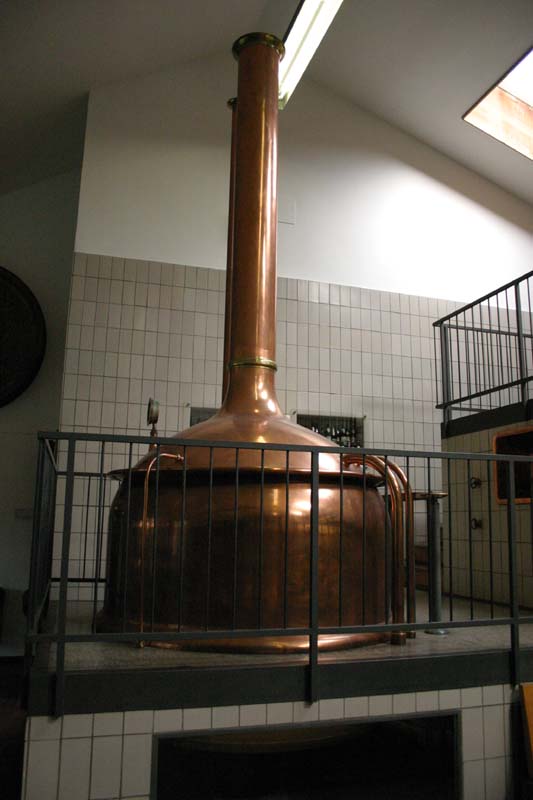
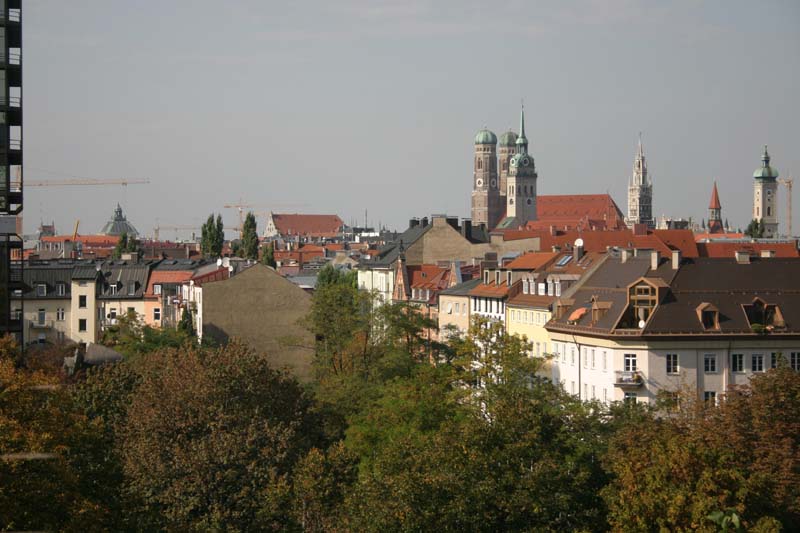
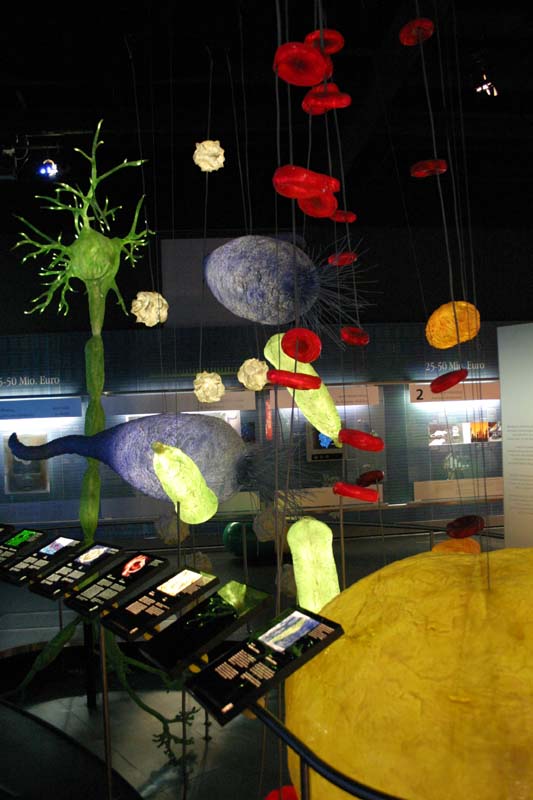
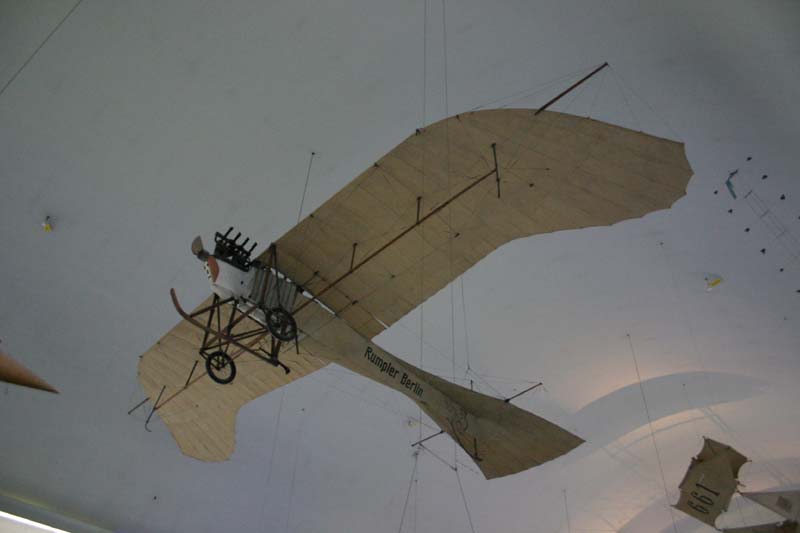
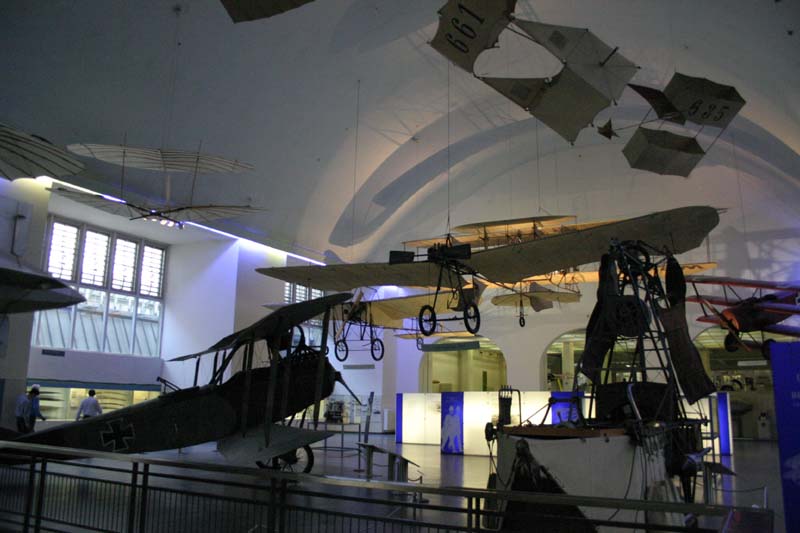
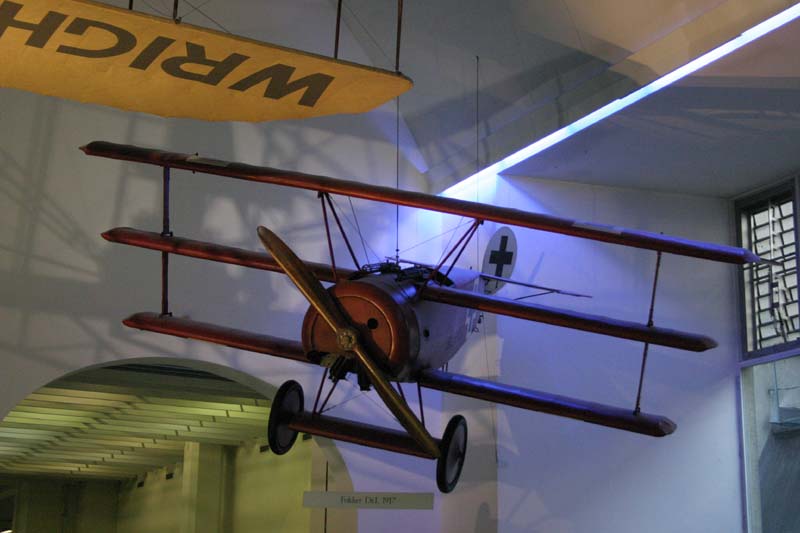
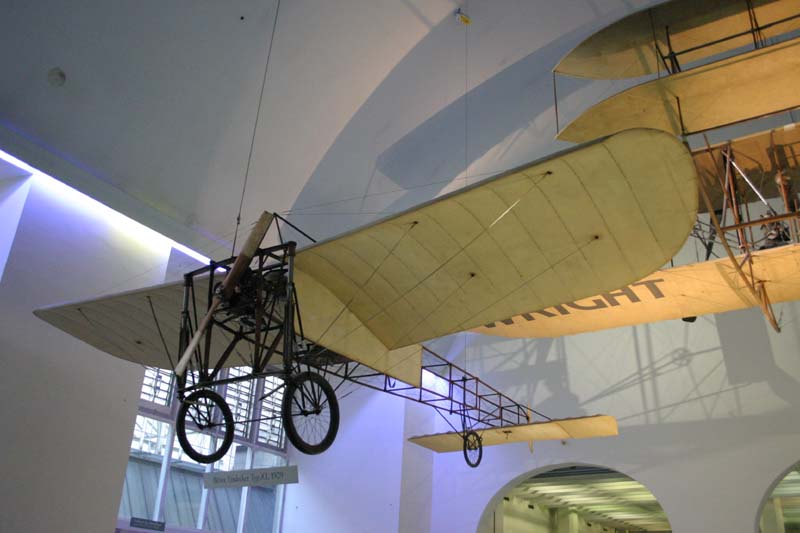
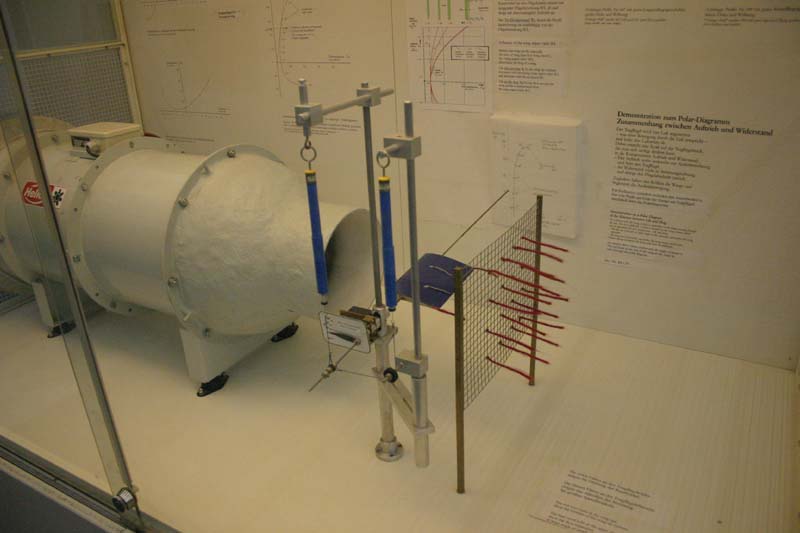
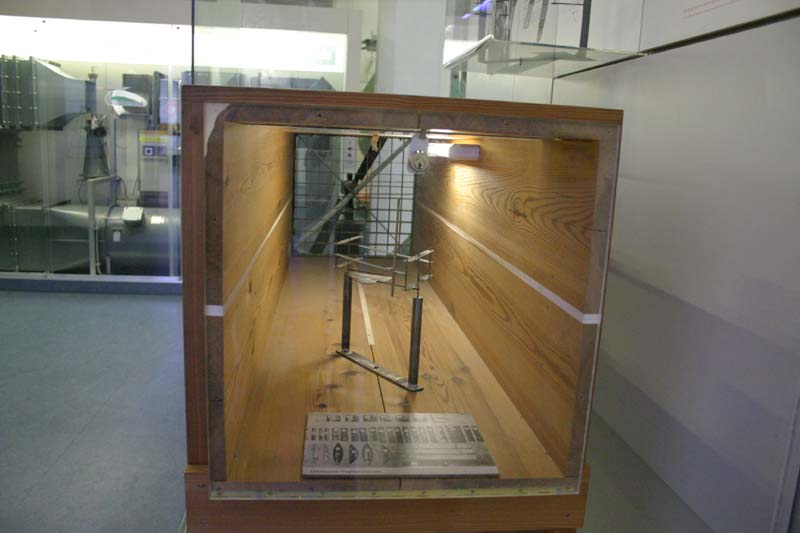
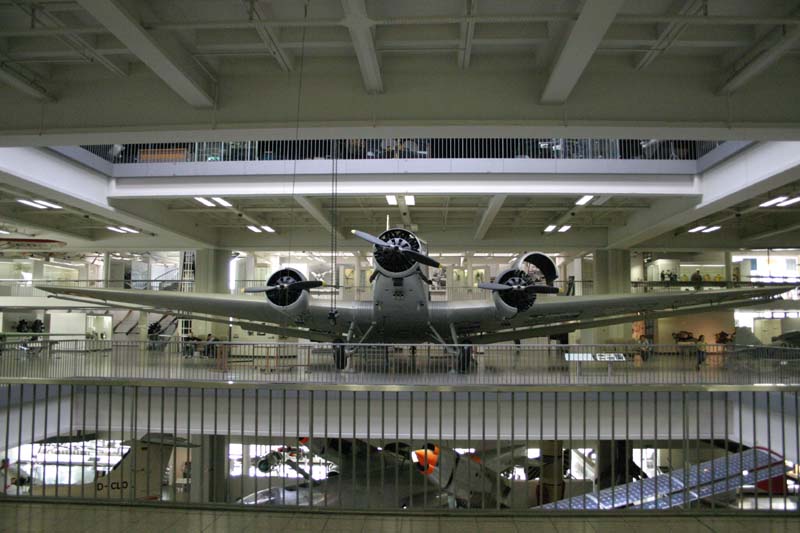
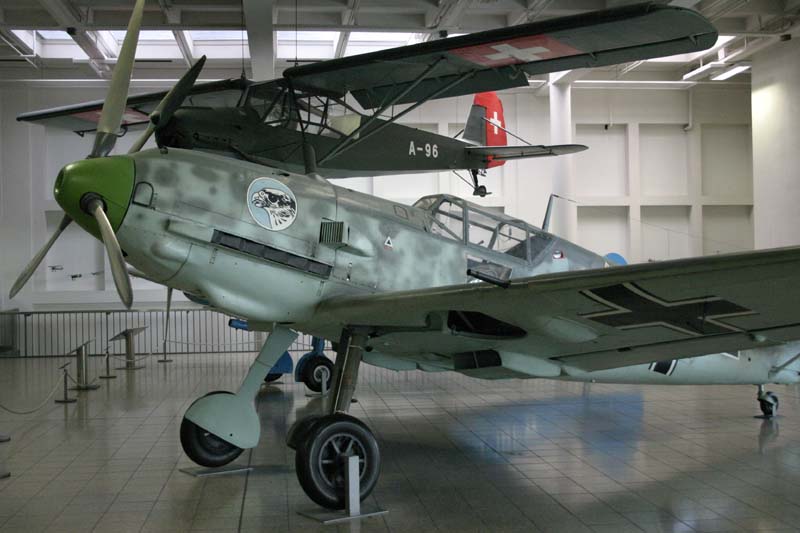
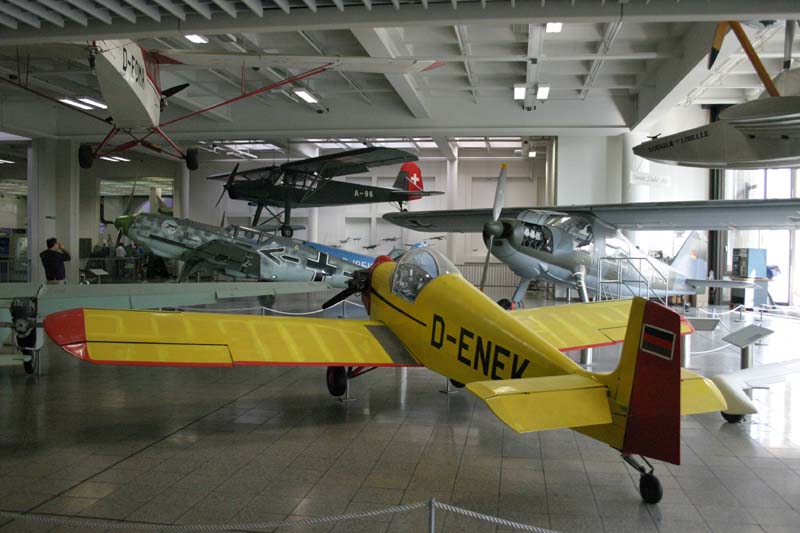
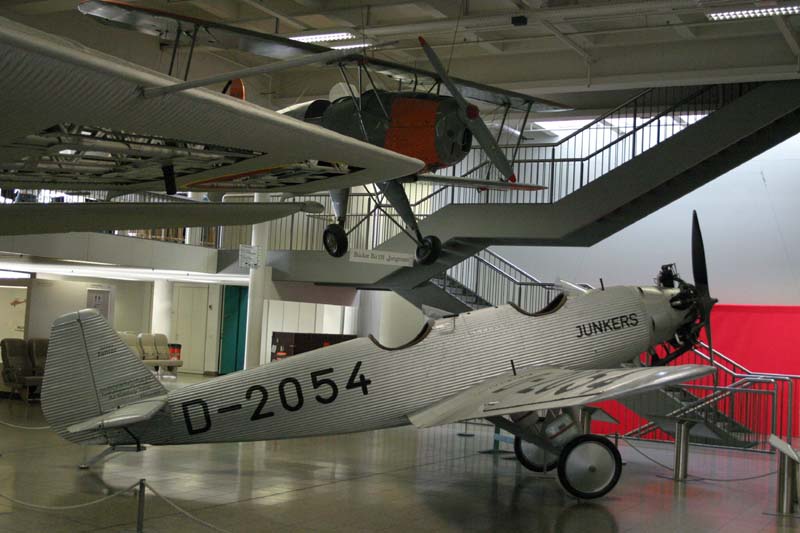
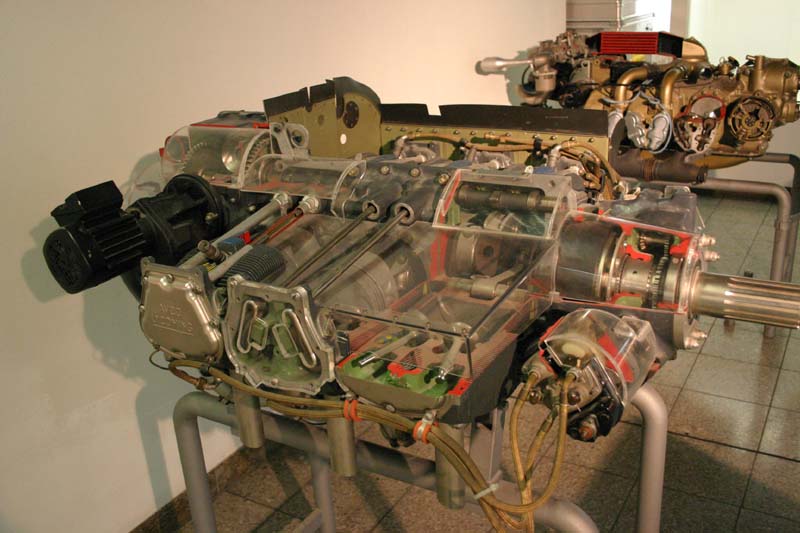
A 6 cylinder aircraft engine.
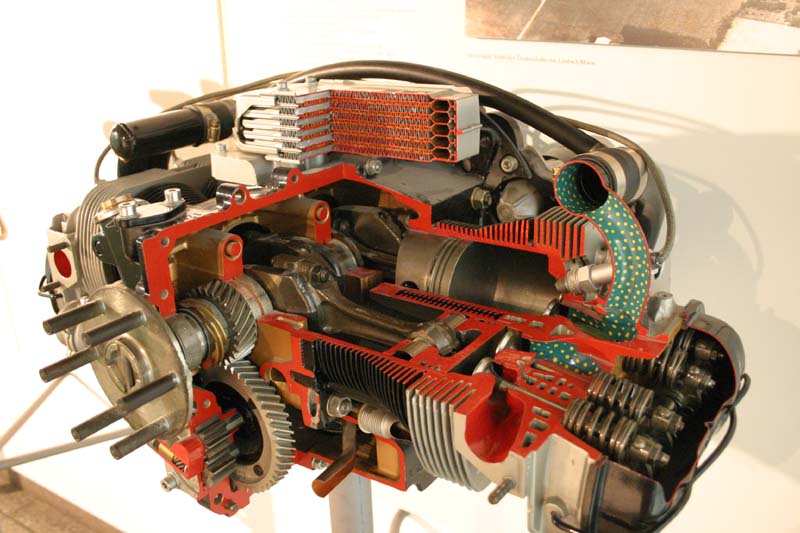
This is a 1700cc Limbach Type 1 Volkswagen engine for aircraft use. I couldn't pry myself away for 10 minutes. The wife and kids took the opportunity to put some distance between us...
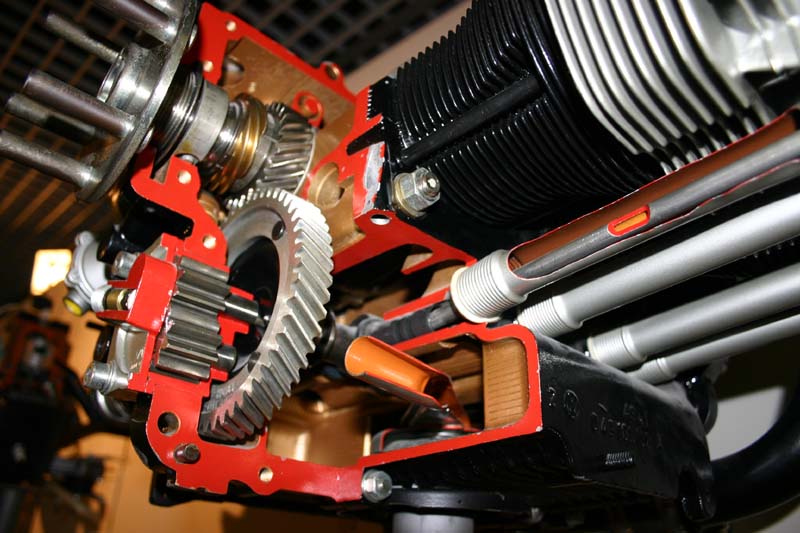
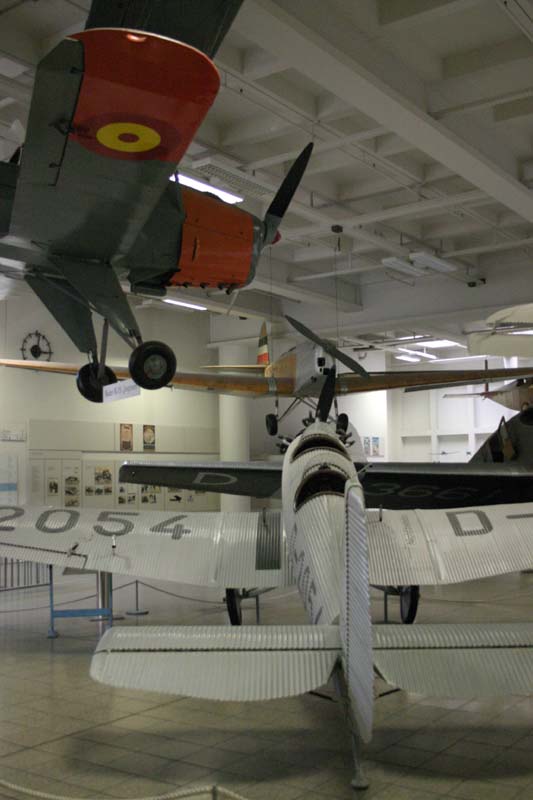
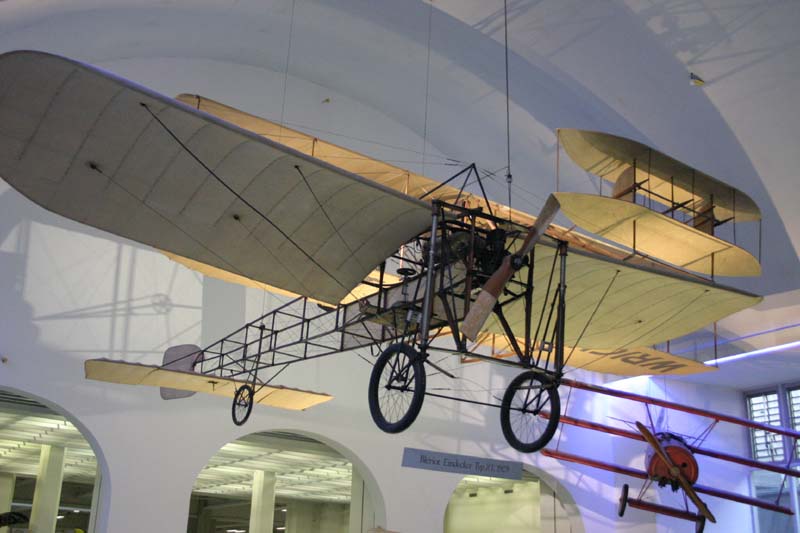
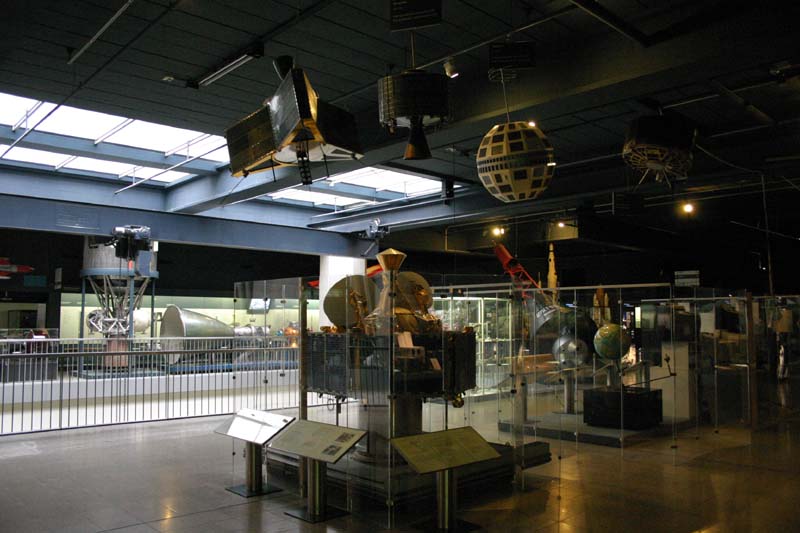
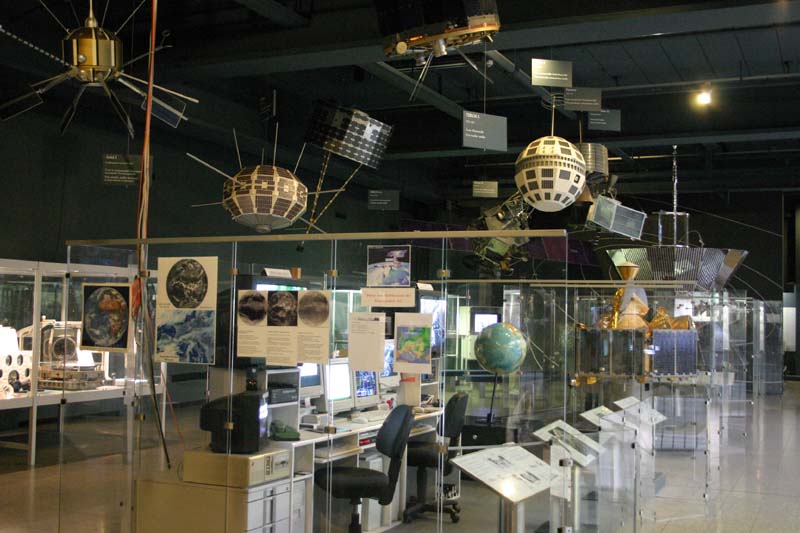
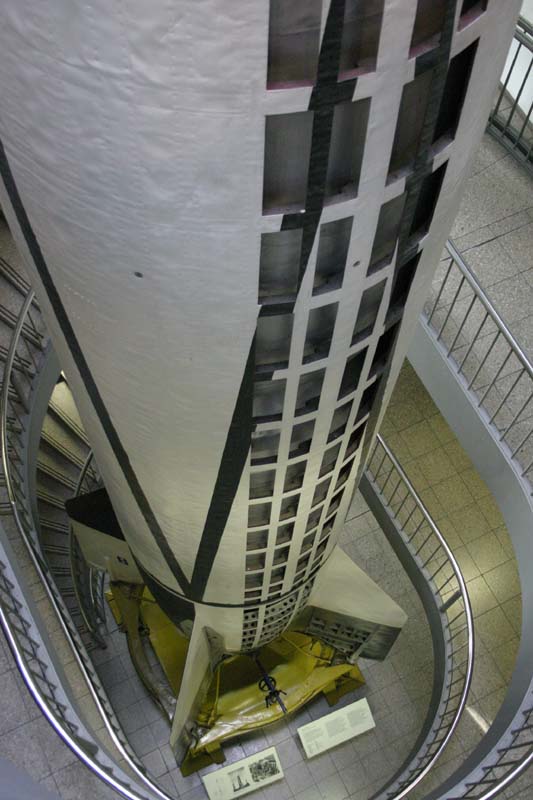
A V-2 in the space exhibit.
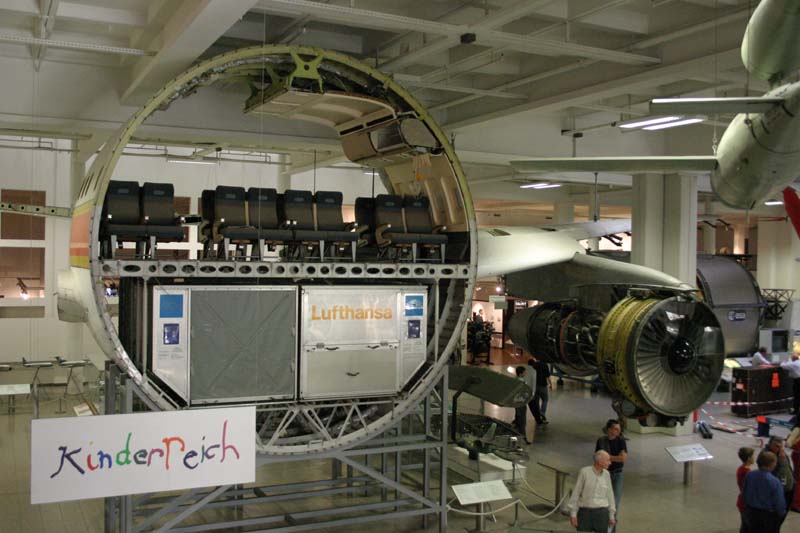
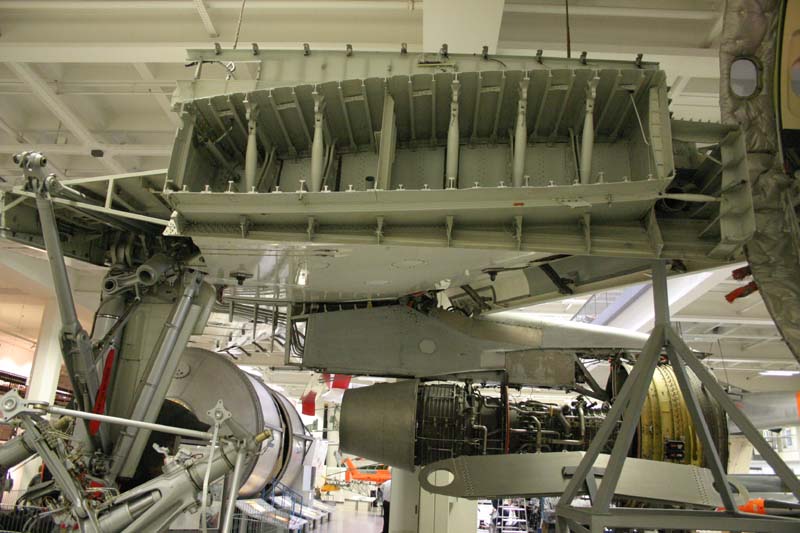
There's a lot more at page 3 of 4




























































































































